The Future of Work: Humans and AI as Teammates
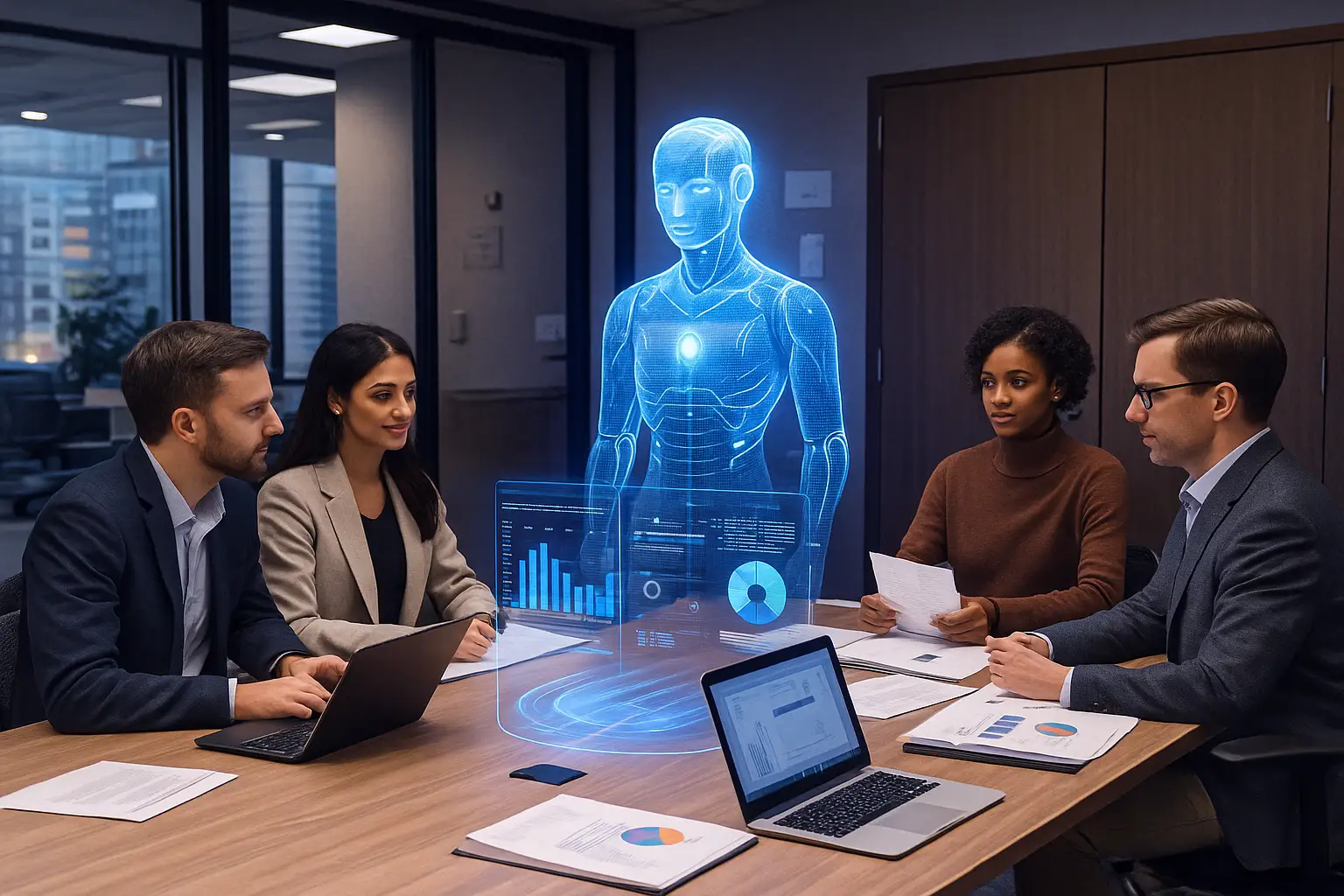
The Future of Work: Humans and AI as Teammates
Introduction
For decades, the story of technology has been one of automation: machines taking over repetitive work, humans moving toward higher-value tasks. But we are entering a new phase where artificial intelligence (AI) is not only a tool but a teammate. Instead of simply automating, AI is now collaborating — drafting, suggesting, analyzing, and co-creating.
Between 2025 and 2030, this transformation will reshape how teams function, how leaders lead, and how organizations measure success.
1. From Assistant to Colleague
AI has already moved far beyond answering FAQs or recommending products. In workplaces today, it:
- Generates first drafts of marketing campaigns.
- Writes and optimizes software code.
- Prepares contracts, reports, and presentations.
- Supports data-driven decisions in real time.
This shift changes the dynamic. Where once technology was invisible infrastructure, it now appears in the meeting room as a voice — an “AI colleague” offering input alongside humans.
2. How Work Will Change
The new meeting room
Imagine a board meeting with eight participants: seven humans and one AI system. The AI doesn’t just take notes. It:
- Analyzes market trends live.
- Identifies risks in financial projections.
- Suggests alternative strategies based on historical data.
- Answers detailed “what if” questions instantly.
This kind of real-time augmentation allows teams to move from intuition-led to evidence-driven decision-making without slowing down.
Division of labor
Humans will focus on creativity, empathy, ethics, and strategy. AI will handle speed, scale, and pattern recognition. The synergy lies in combining these strengths.
3. Benefits of AI Teammates
- Productivity: Automating repetitive tasks frees time for innovation.
- Creativity boost: AI can brainstorm hundreds of variations, sparking new ideas.
- Accessibility: Language translation and adaptive interfaces make global teamwork seamless.
- Knowledge retention: AI systems never forget, reducing the cost of turnover.
Companies already report 20–40% efficiency gains when integrating AI into workflows.
4. Risks and Challenges
Overreliance
If teams depend too heavily on AI outputs, they risk losing critical thinking skills.
Bias and responsibility
When AI recommendations are flawed or biased, who is accountable — the algorithm or the human who approved it?
Job redesign
Some roles will evolve, others will disappear. The challenge is reskilling employees so humans complement AI rather than compete with it.
Cultural resistance
Not all teams are ready to “trust” an AI colleague. Building confidence requires transparency, explainability, and training.
5. Leadership in the Age of AI
Leaders will need new skills to manage hybrid teams of humans and AI:
- AI literacy: understanding what AI can and cannot do.
- Ethical oversight: ensuring fair and responsible use.
- Change management: guiding employees through cultural adaptation.
- Human focus: doubling down on empathy, purpose, and vision.
Leadership in 2030 may look less like “command and control” and more like orchestrating collaboration between people and intelligent systems.
6. Case Studies
- Finance: AI copilots analyze investment portfolios, highlight risks, and suggest allocations, while human advisors maintain client trust.
- Healthcare: AI scans radiology images with high accuracy, while doctors focus on diagnosis, communication, and patient care.
- Software development: Generative AI suggests code snippets, tests, and bug fixes, while developers architect solutions and ensure security.
- Education: AI tutors provide personalized learning paths, while teachers mentor, motivate, and provide emotional guidance.
These examples highlight a pattern: AI expands human capacity but does not replace human purpose.
7. The Cultural Shift
The biggest challenge isn’t technical — it’s cultural. Organizations must redefine:
- What it means to be a team member.
- How to measure performance when machines contribute.
- Which decisions require human judgment versus AI suggestions.
Workplaces will need new norms: transparency about AI’s role, processes for validation, and ethics embedded into workflows.
8. Looking Ahead: 2025–2030
Predictions for the next five years:
- AI will be present in every professional team, not just IT.
- Hybrid human–AI meetings will be standard practice.
- New roles will emerge: AI ethicists, AI workflow designers, human–machine interaction specialists.
- Global collaboration will accelerate as AI removes language and cultural barriers.
- Organizations that fail to adapt will fall behind — not because AI replaces them, but because competitors move faster with AI partners.
Conclusion
The future of work is not humans versus machines, but humans with machines. AI will be a partner in creativity, strategy, and execution. The organizations that learn to embrace this collaboration — balancing efficiency with ethics, innovation with empathy — will lead the next decade.
The question is no longer whether AI can be part of your team. The question is: are you ready to treat it as a teammate?
Przeglądaj inne artykuły
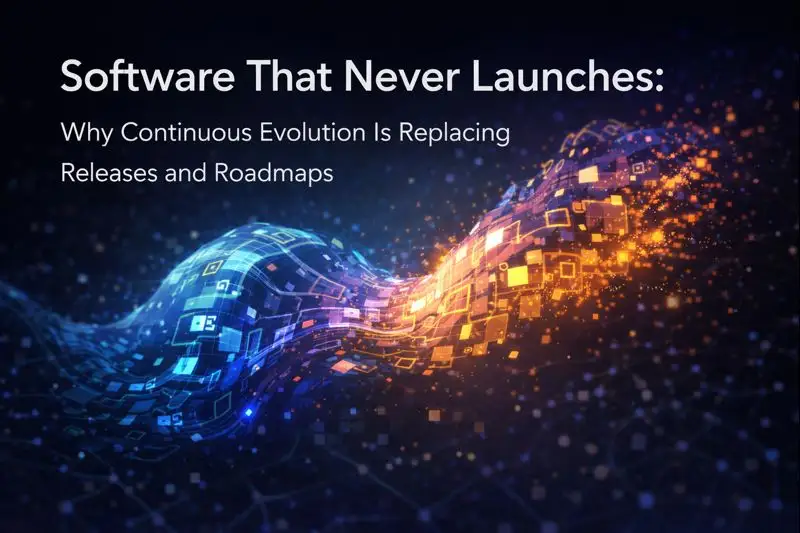
Software That Never Launches: Why Continuous Evolution Is Replacing Releases and Roadmaps
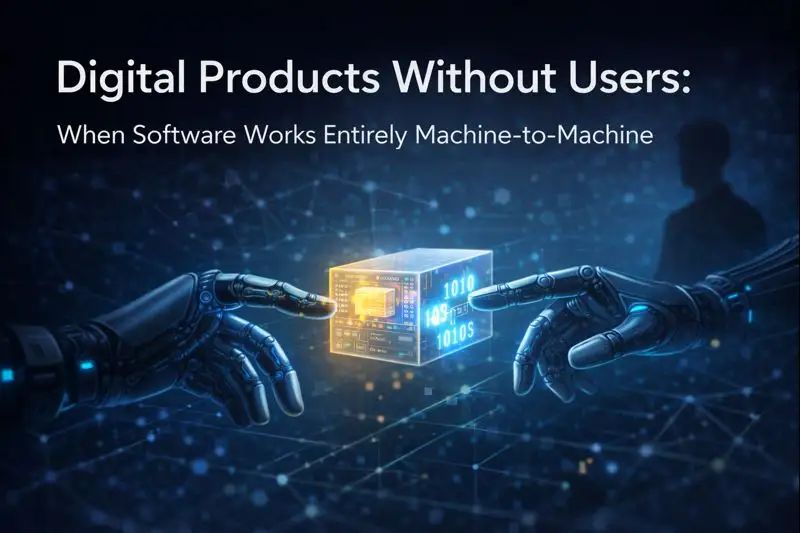
Digital Products Without Users: When Software Works Entirely Machine-to-Machine

Unbundled Platforms: Why the Future of Digital Products Belongs to Ecosystems, Not Single Applicatio

Silent Software: Why the Most Valuable Digital Products of the Future Will Be the Ones Users Barely
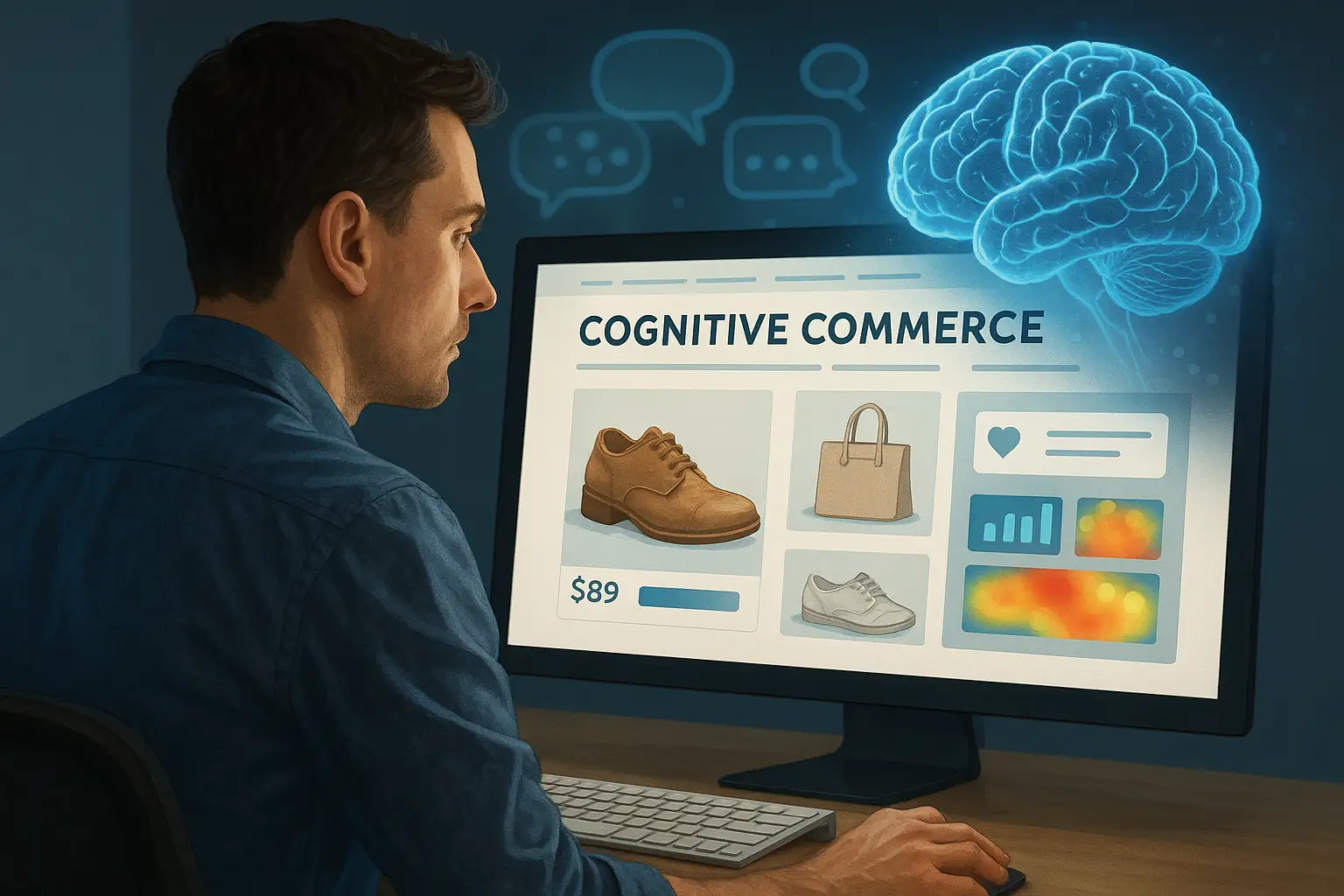
Cognitive Commerce: How AI Learns to Think Like Your Customers and Redefines Digital Shopping

Predictive UX: How AI Anticipates User Behavior Before It Happens
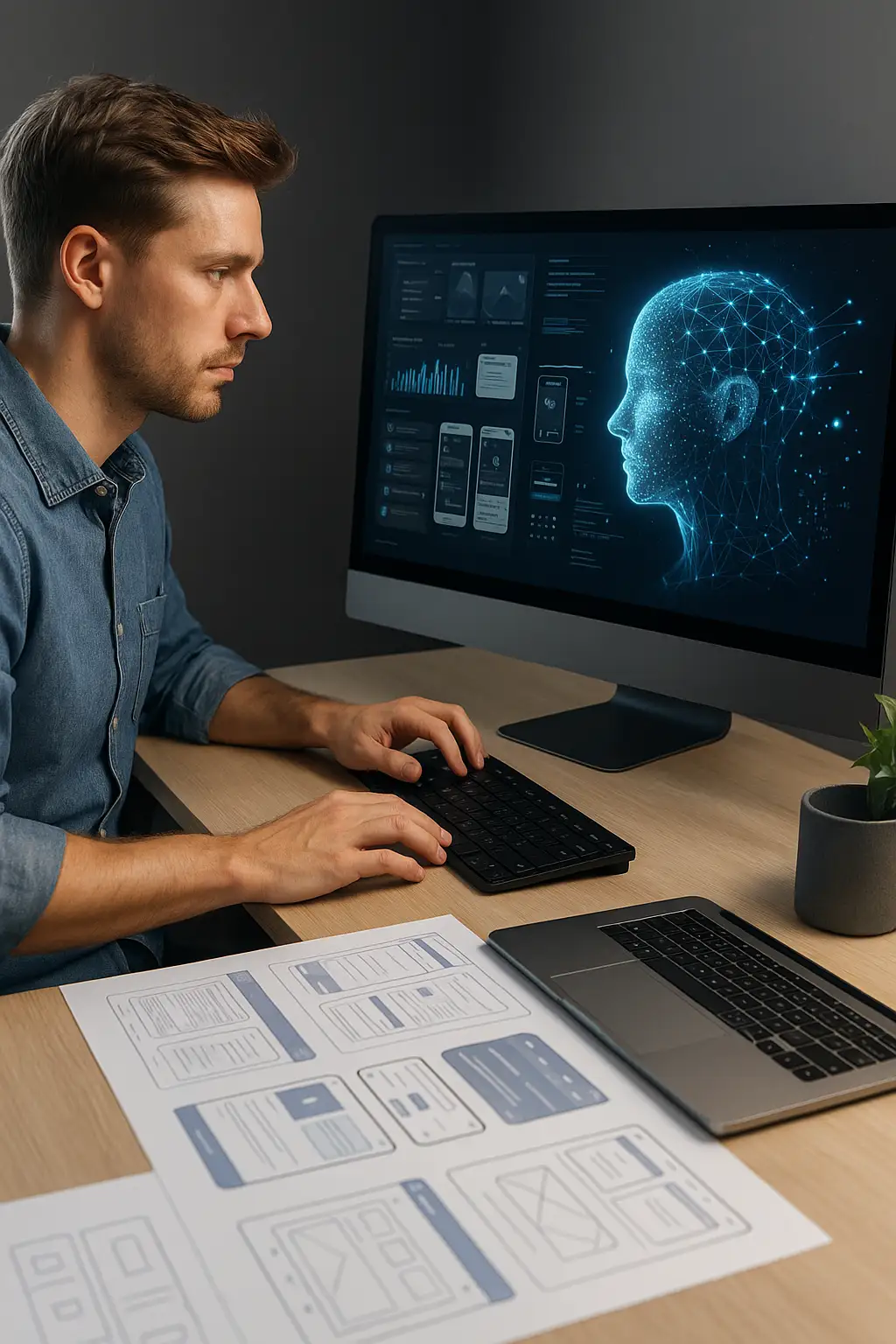
AI-Driven Product Innovation: How Intelligent Systems Are Transforming the Way Digital Products Are
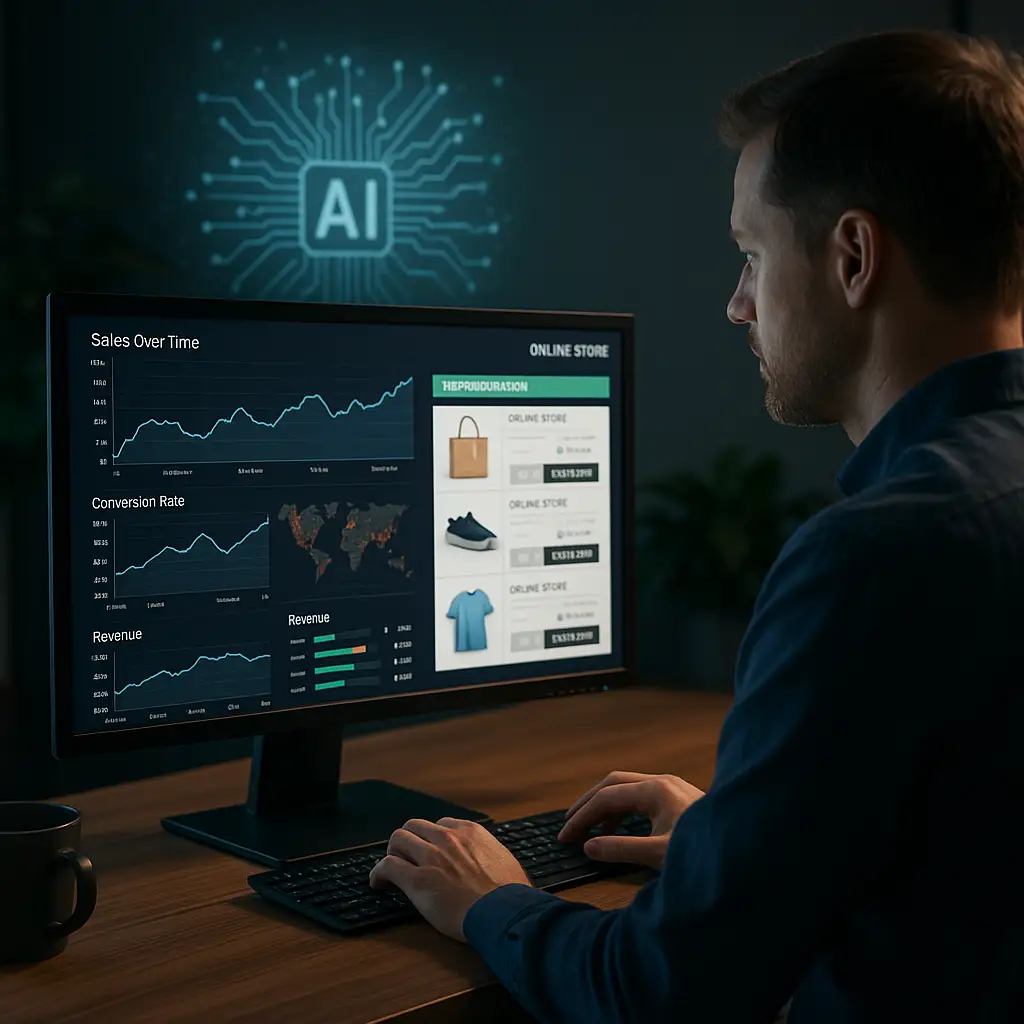
Adaptive Commerce: How AI-Driven Systems Automatically Optimize Online Stores in Real Time

Zero-UI Commerce: How Invisible Interfaces Are Becoming the Future of Online Shopping
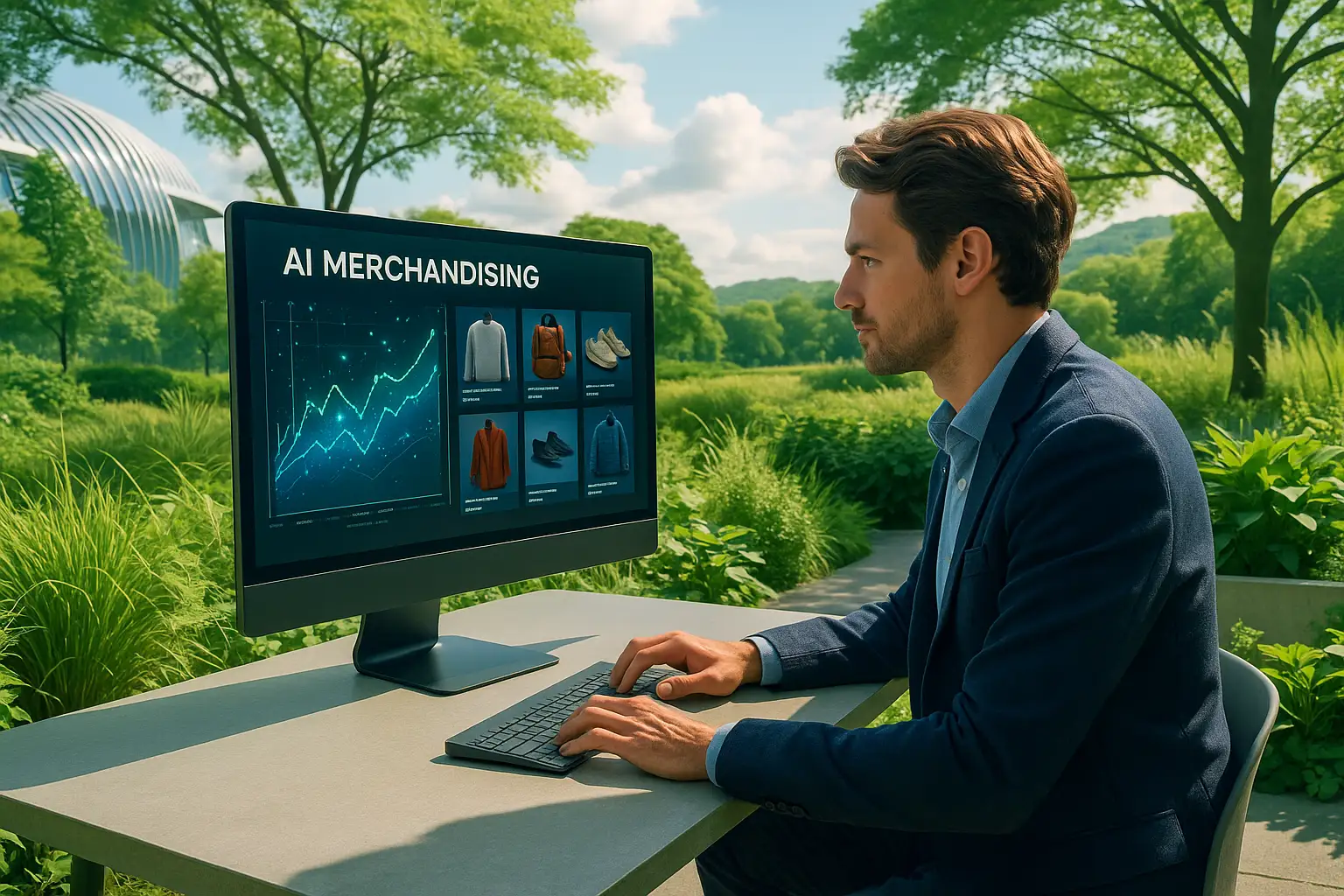
AI Merchandising: How Intelligent Algorithms Are Transforming Product Discovery in Modern E-Commerce
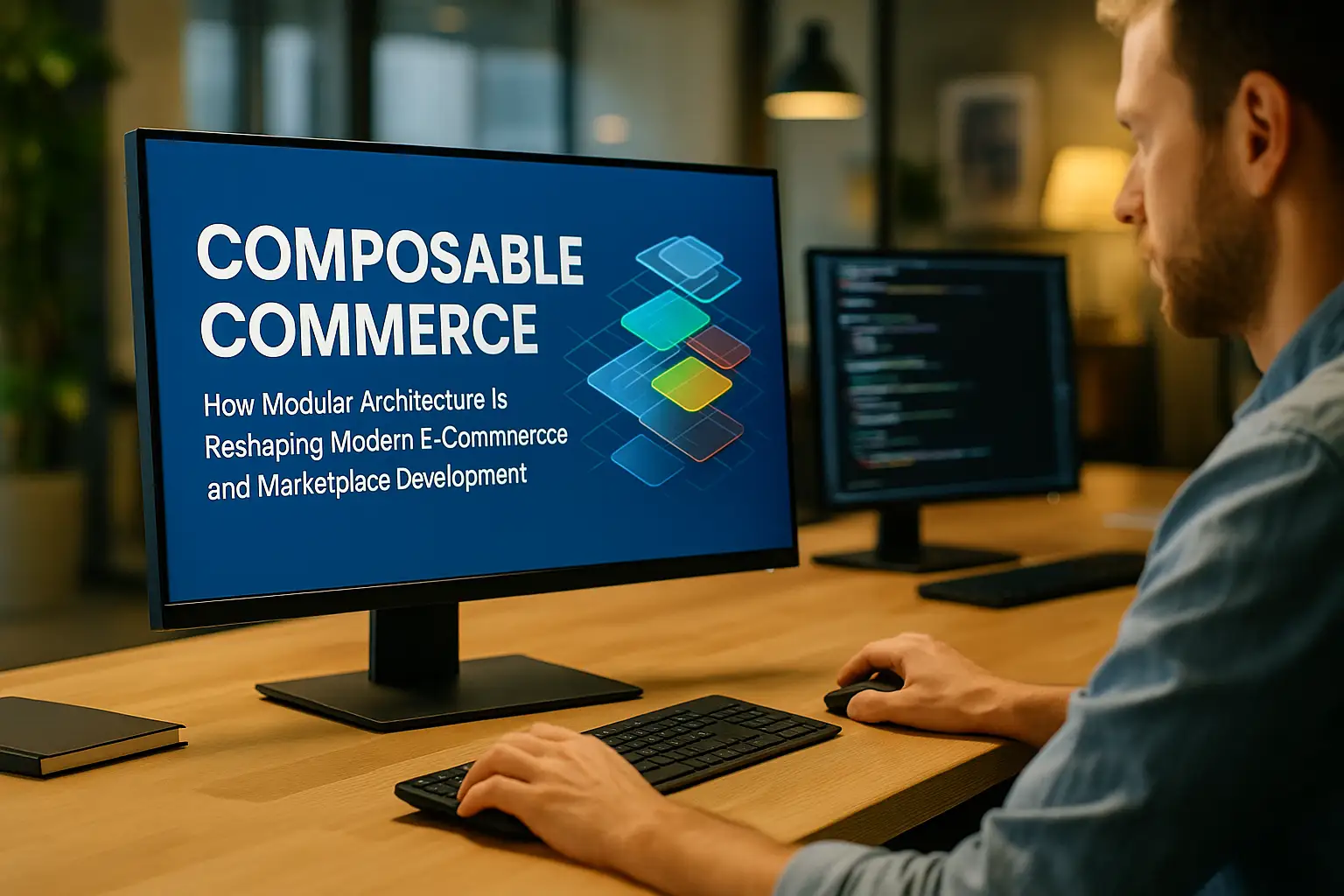
Composable Commerce: How Modular Architecture Is Reshaping Modern E-Commerce and Marketplace Develop

Context-Aware Software: How Apps Are Becoming Smarter, Adaptive, and Environment-Responsive
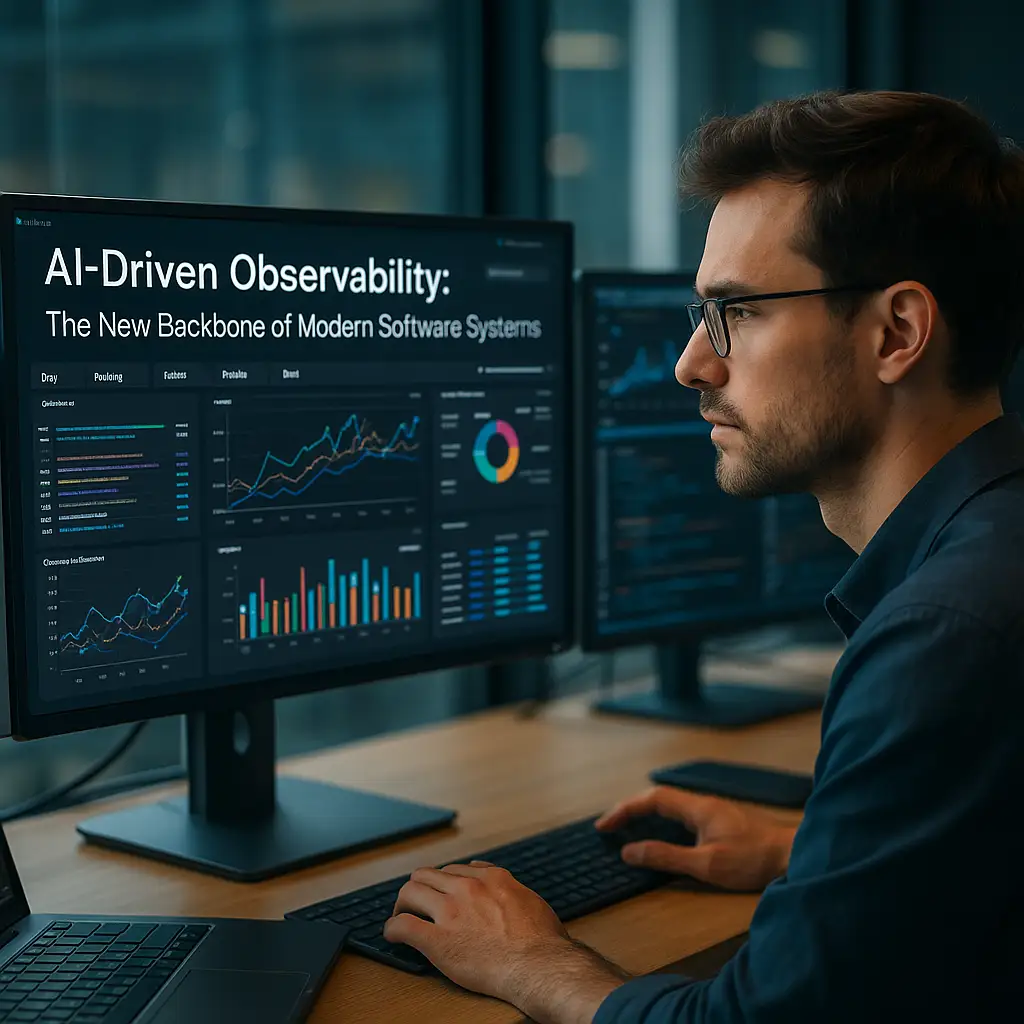
AI-Driven Observability: The New Backbone of Modern Software Systems
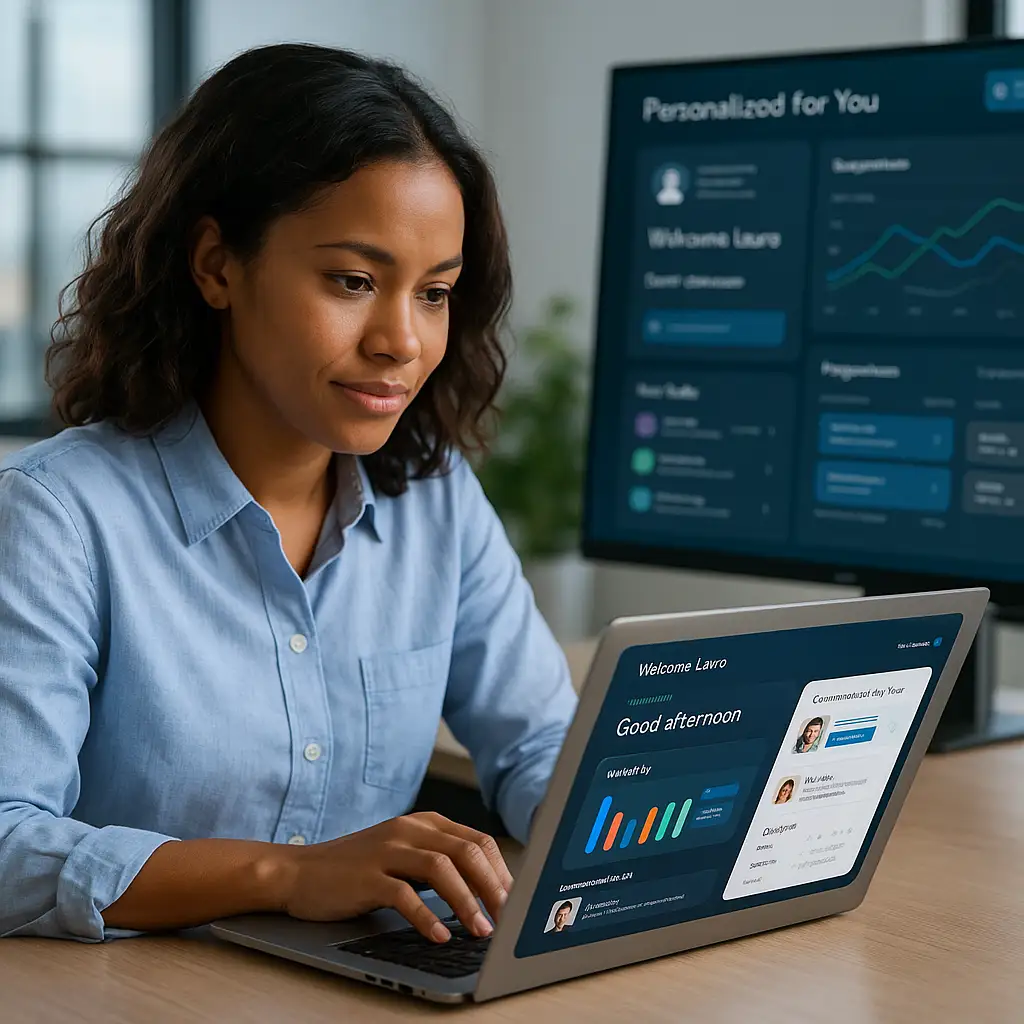
Hyper-Personalized Software: How AI Is Creating Products That Adapt Themselves to Every User
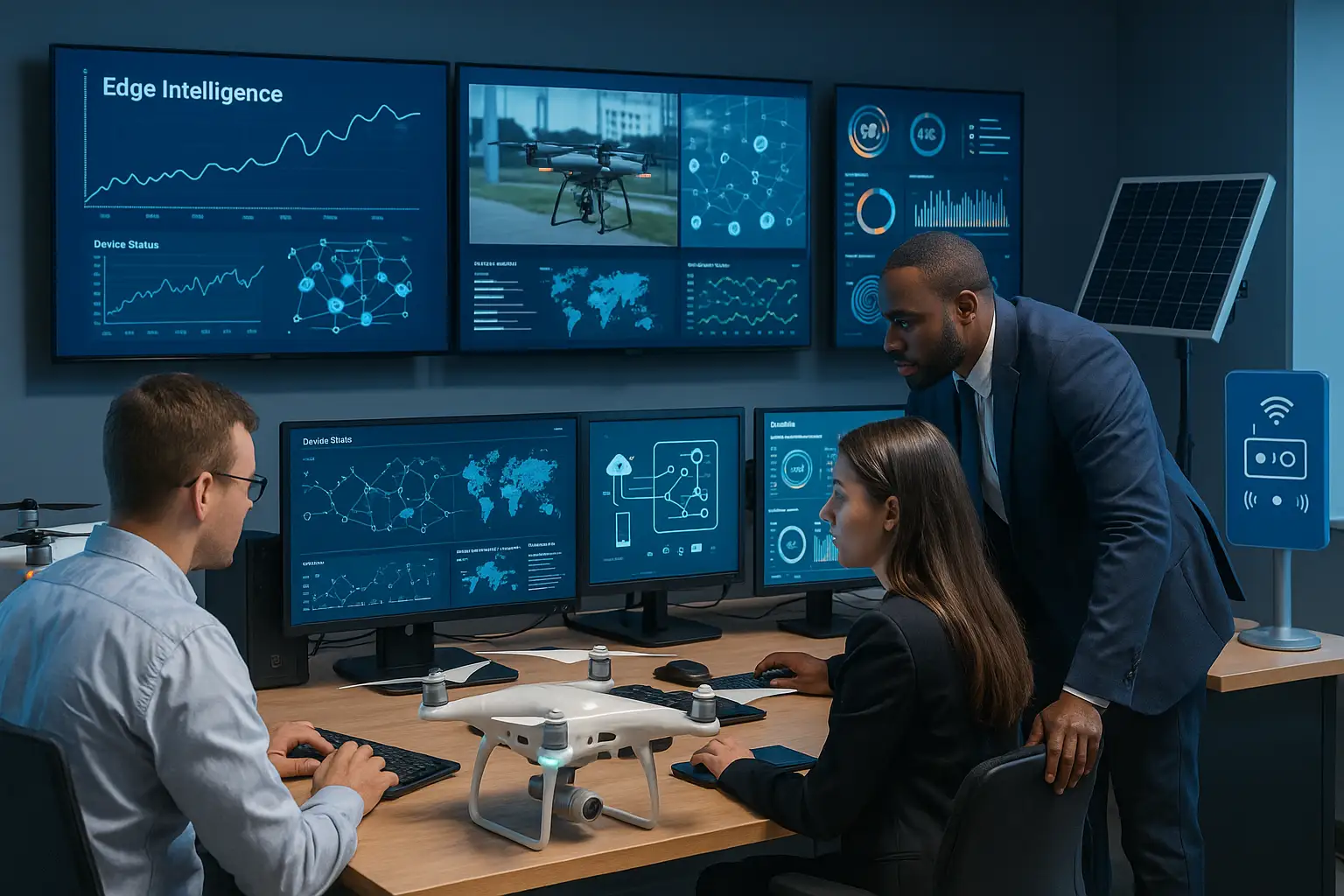
Edge Intelligence: The Future of Smart, Decentralized Computing

AI-Powered Cybersecurity: How Intelligent Systems Are Redefining Digital Defense
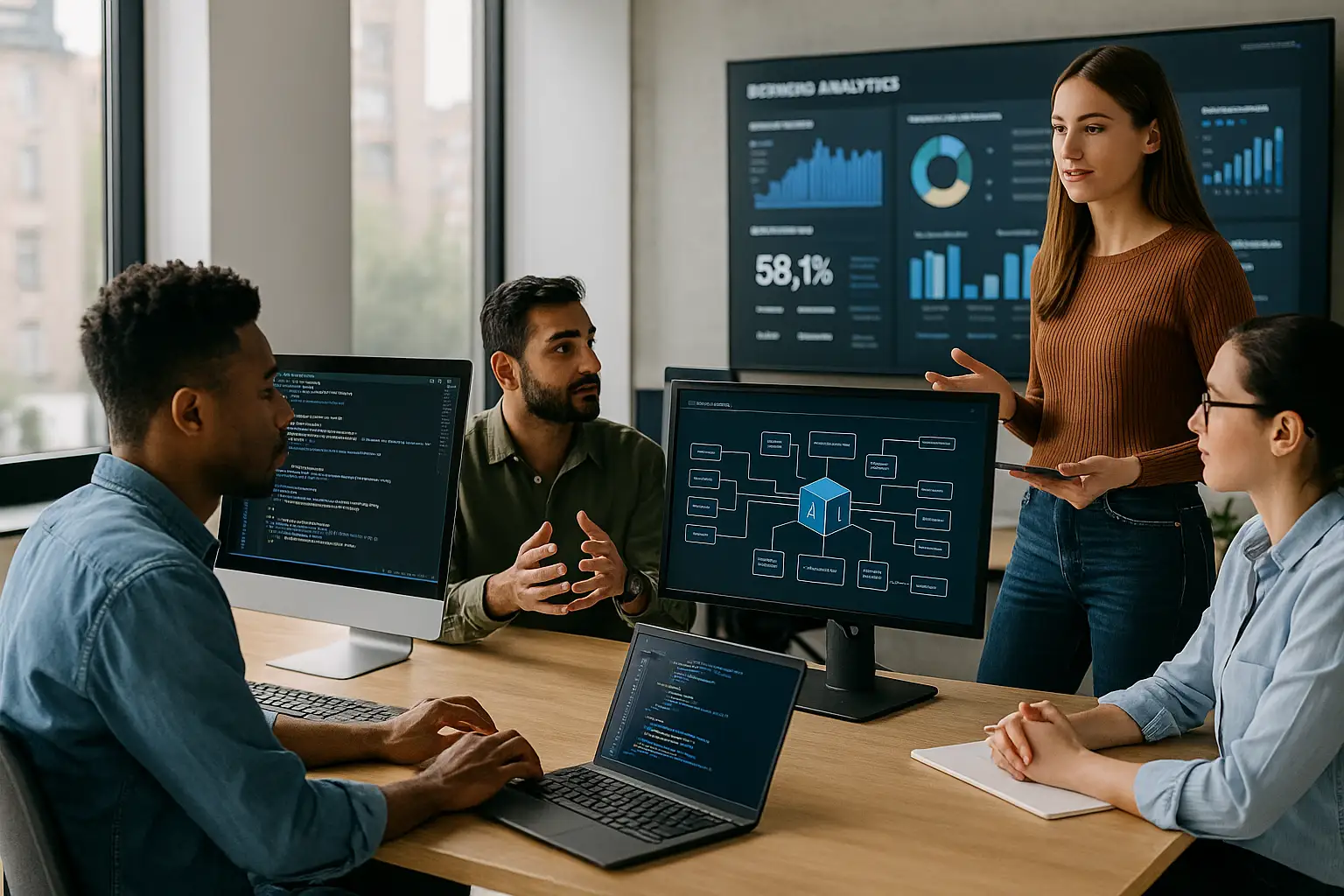
Modern Software: How Our Company Is Reshaping the Technology Landscape
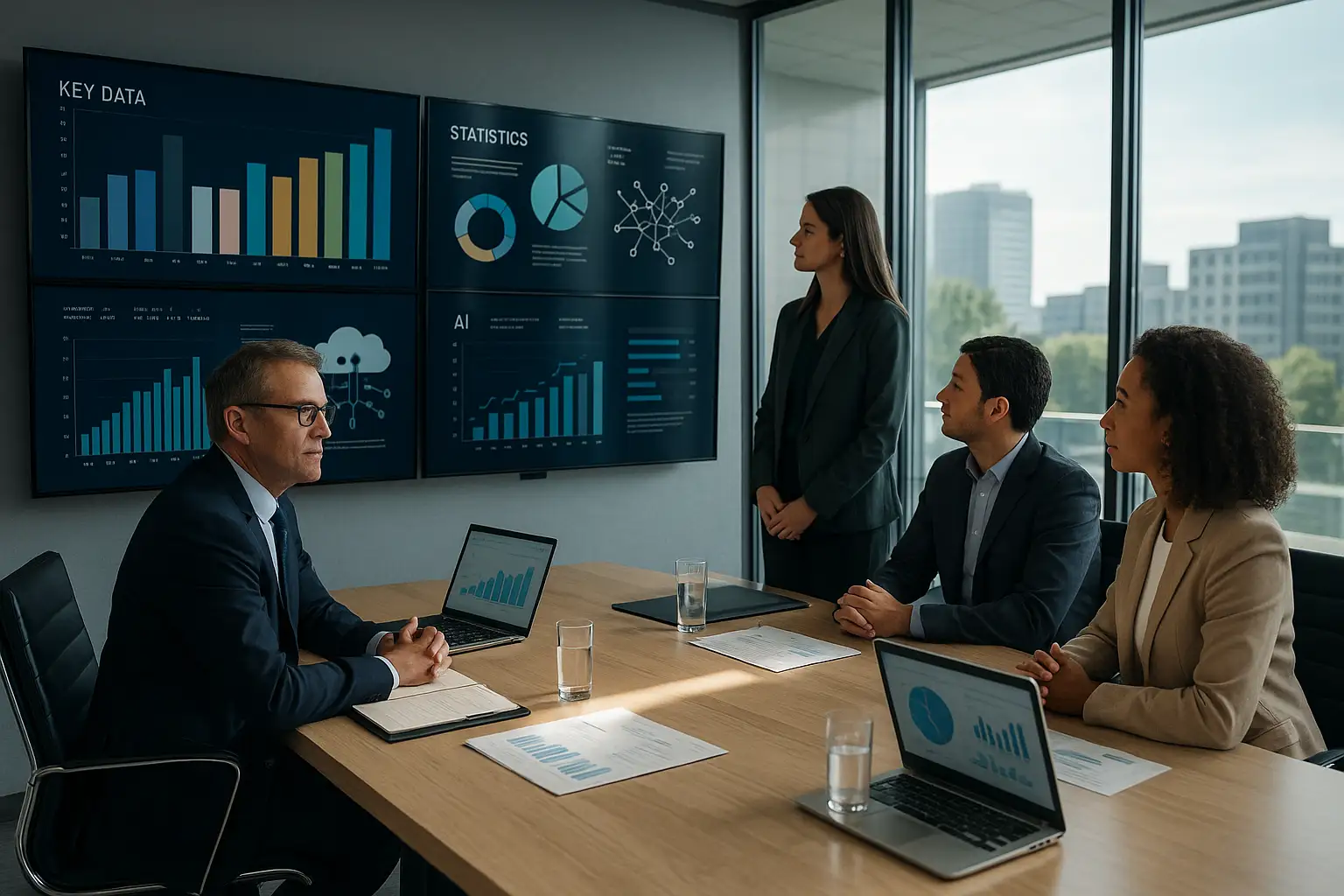
From Digital Transformation to Digital Maturity: Building the Next Generation of Tech-Driven Busines
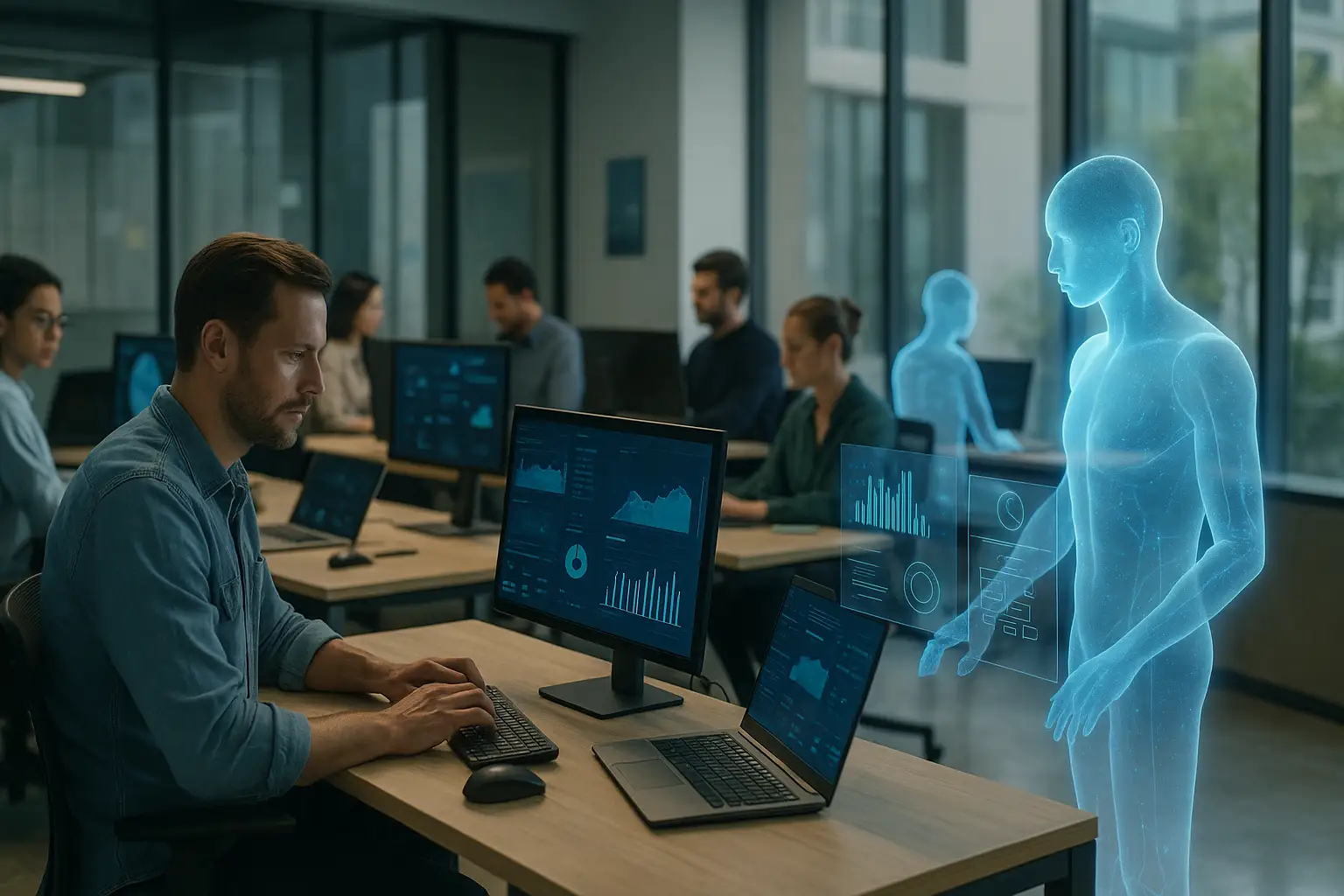
AI Agents: The Rise of Autonomous Digital Workers in Business and Software Engineering
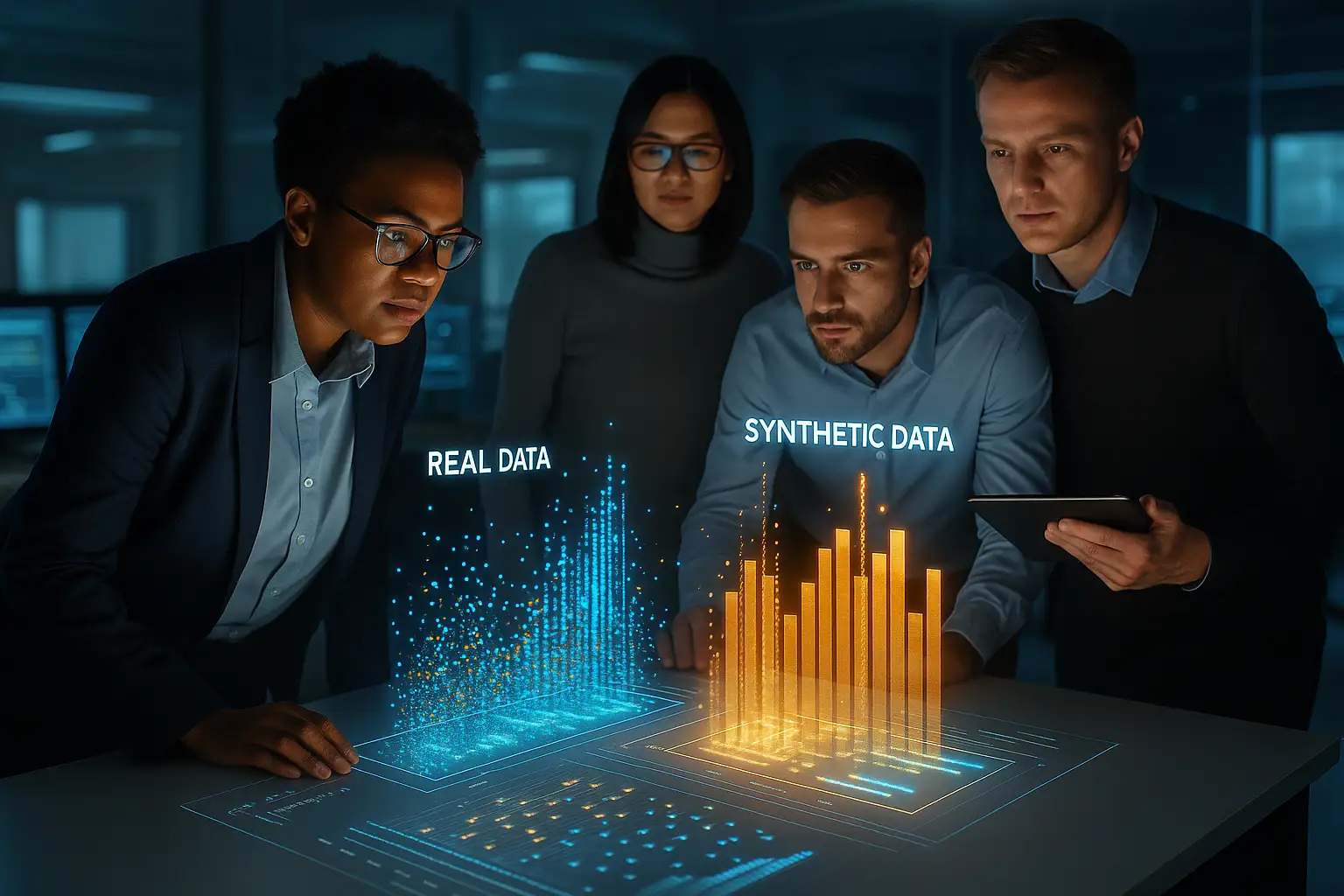
Synthetic Data: The Next Frontier of AI and Business Intelligence
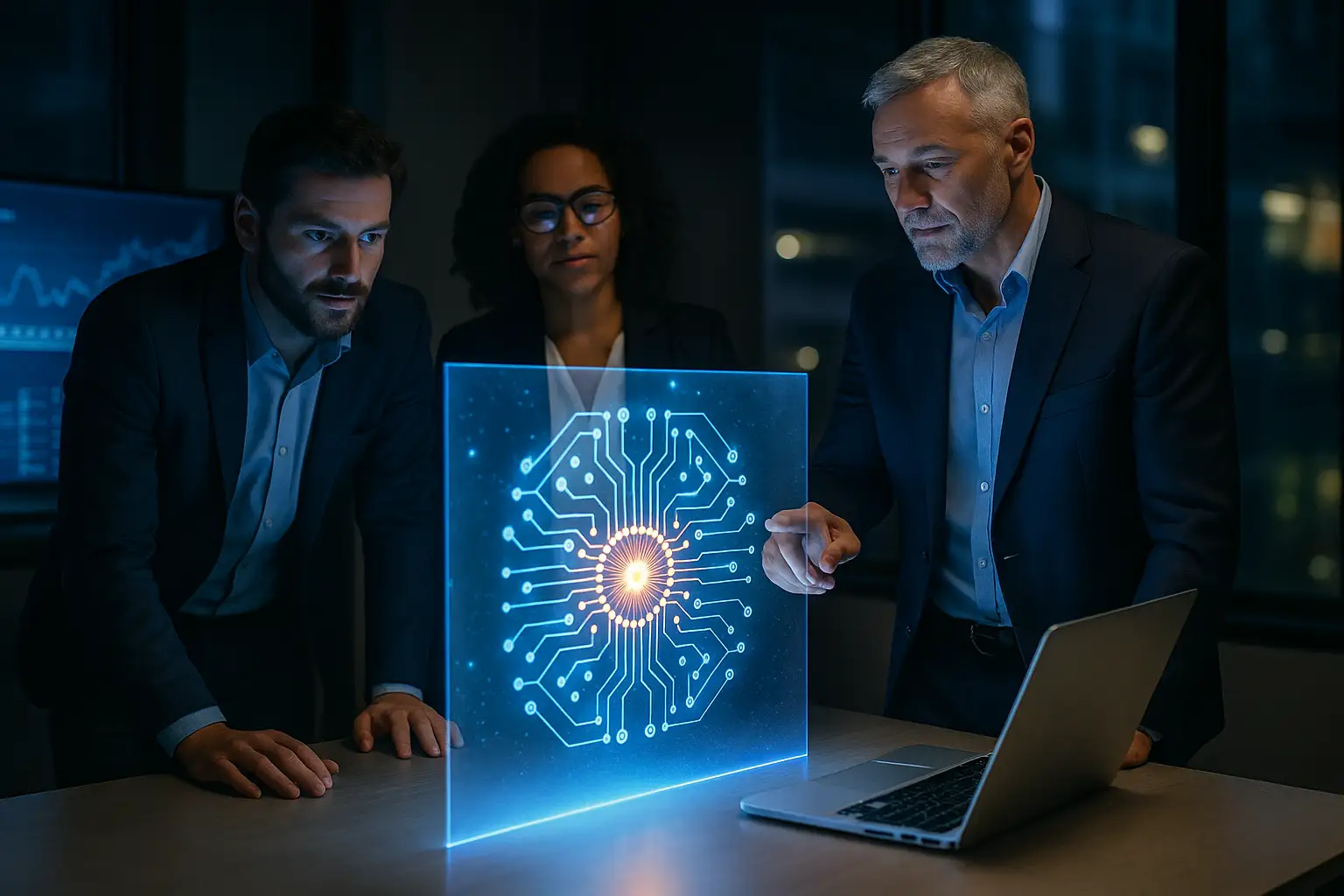
Quantum AI: How Quantum Computing Will Redefine Artificial Intelligence and Software Engineering
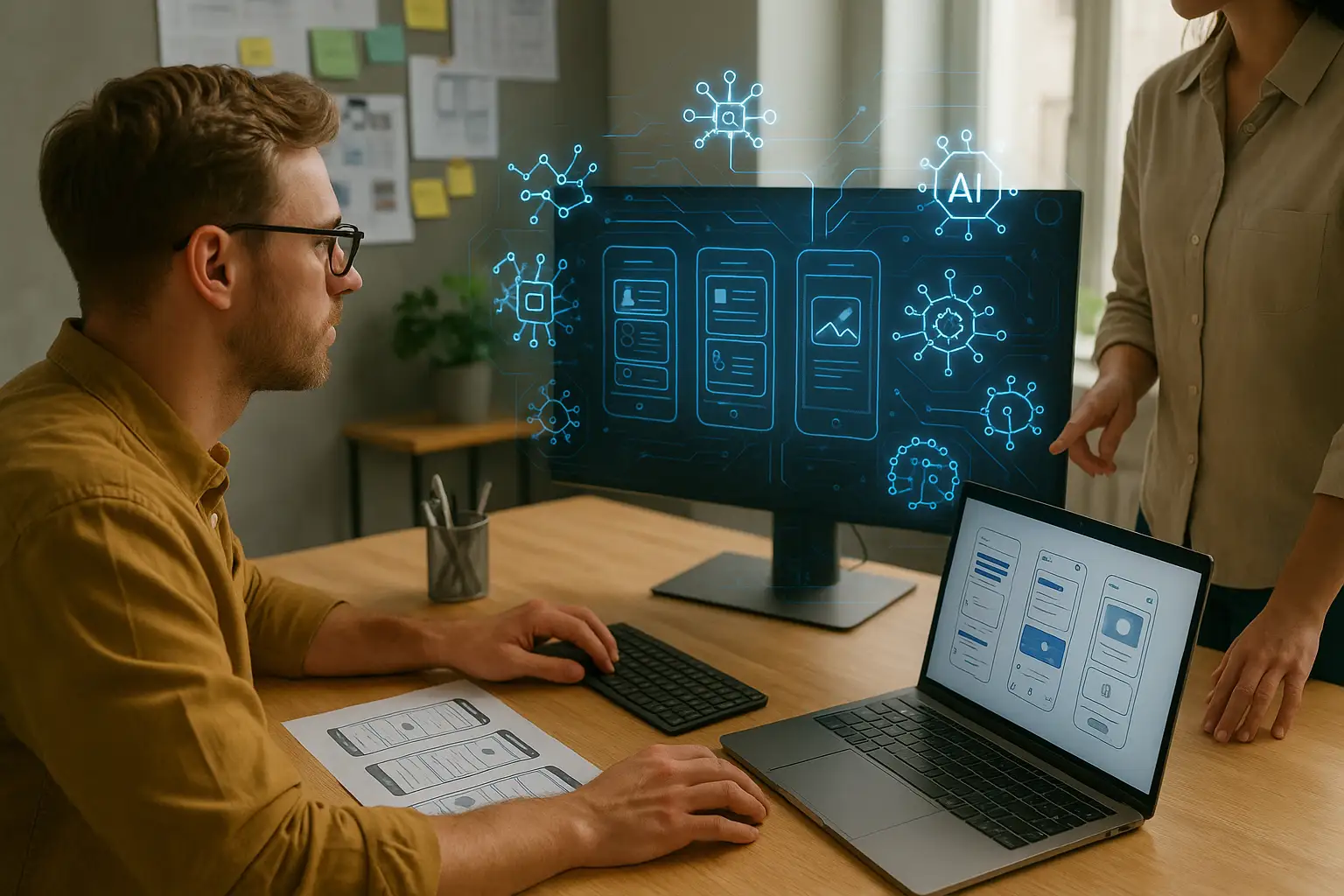
Design Intelligence: How AI Is Redefining UX/UI and Digital Product Creativity
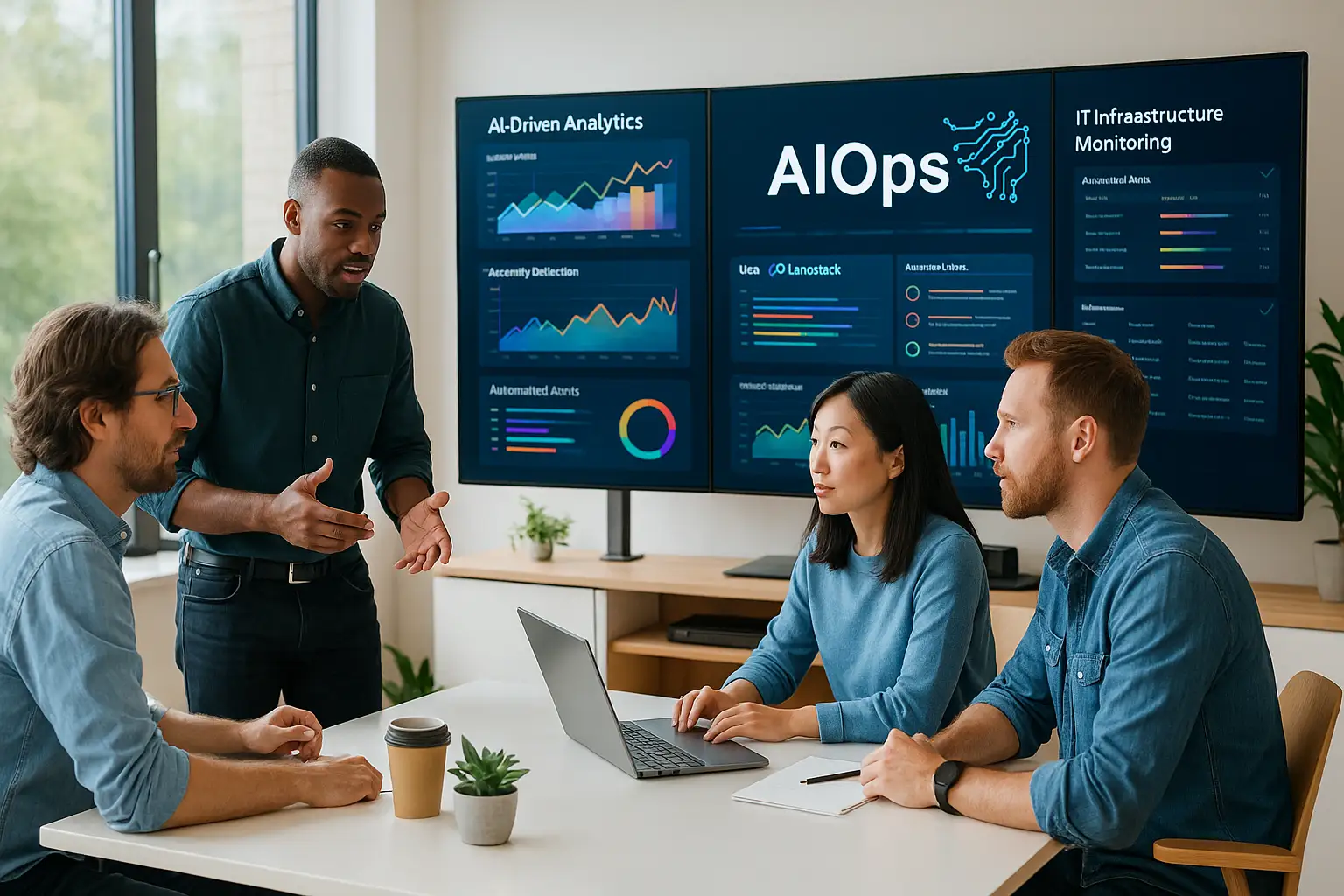
How Artificial Intelligence Is Transforming DevOps and IT Infrastructure
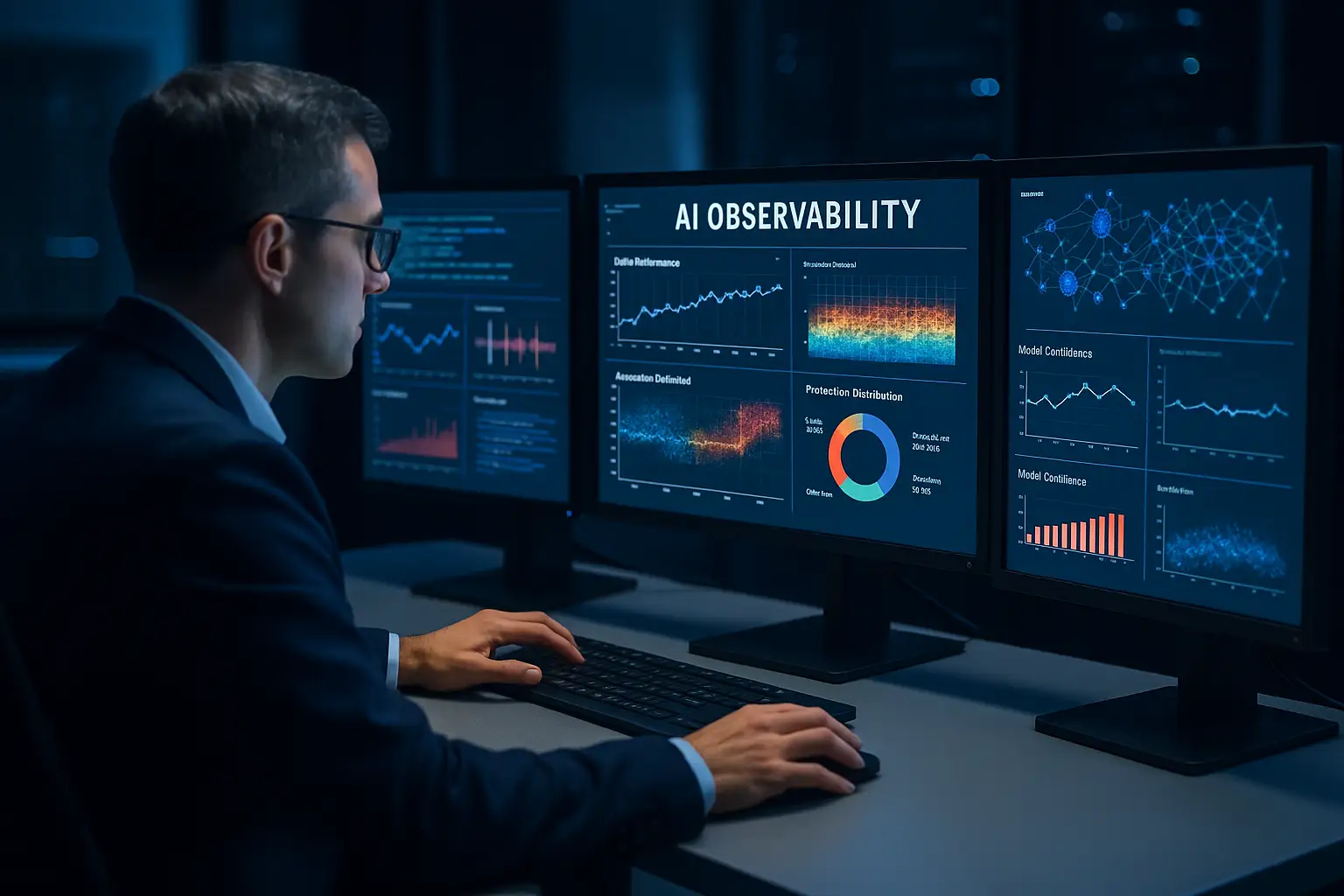
AI Observability in Production: Monitoring, Anomaly Detection, and Feedback Loops for Smart Applicat
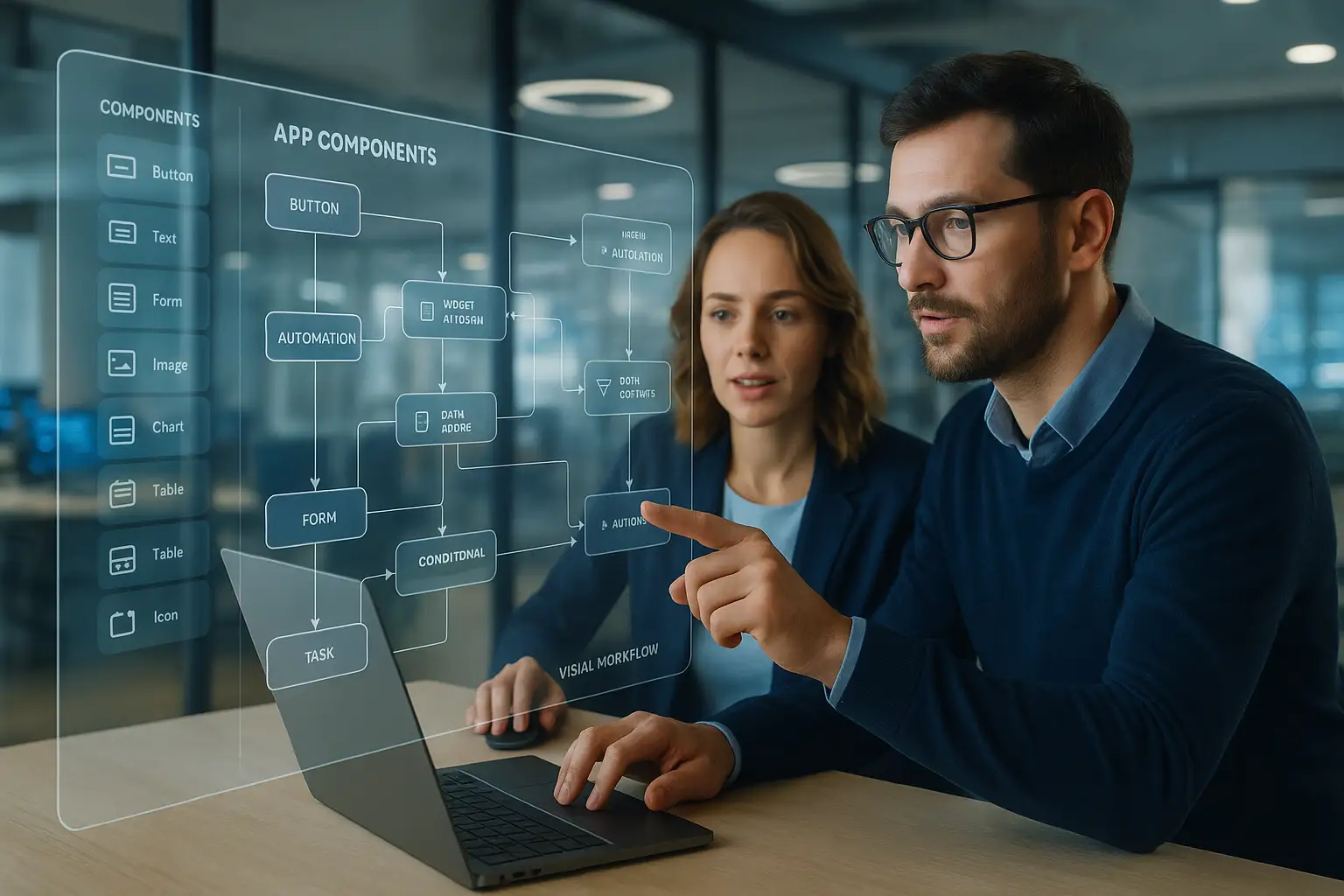
Low-Code Revolution: How Visual Development Is Transforming Software and Marketplace Creation
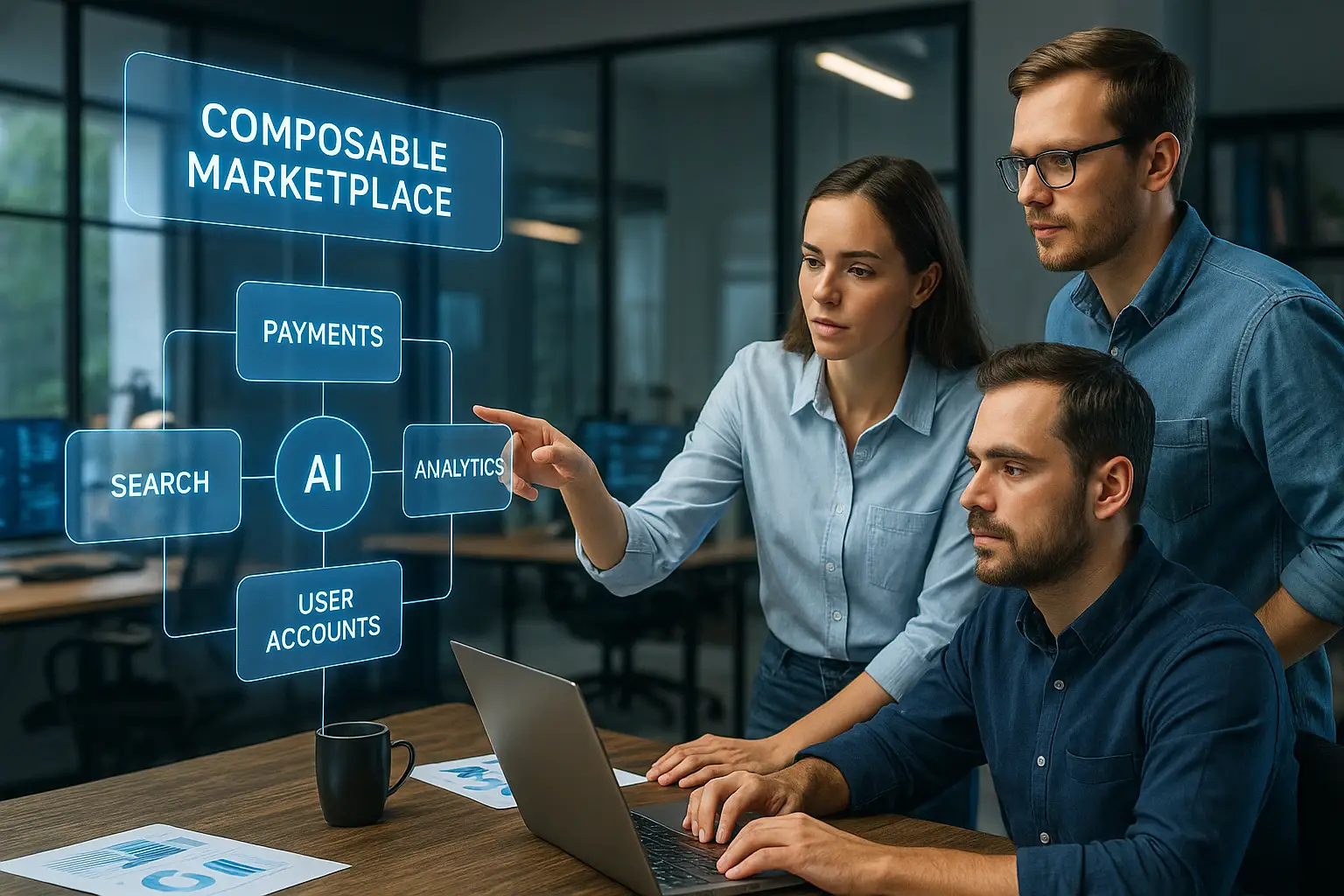
Composable Marketplaces: How Modular Architecture Is the Future of Platform Engineering
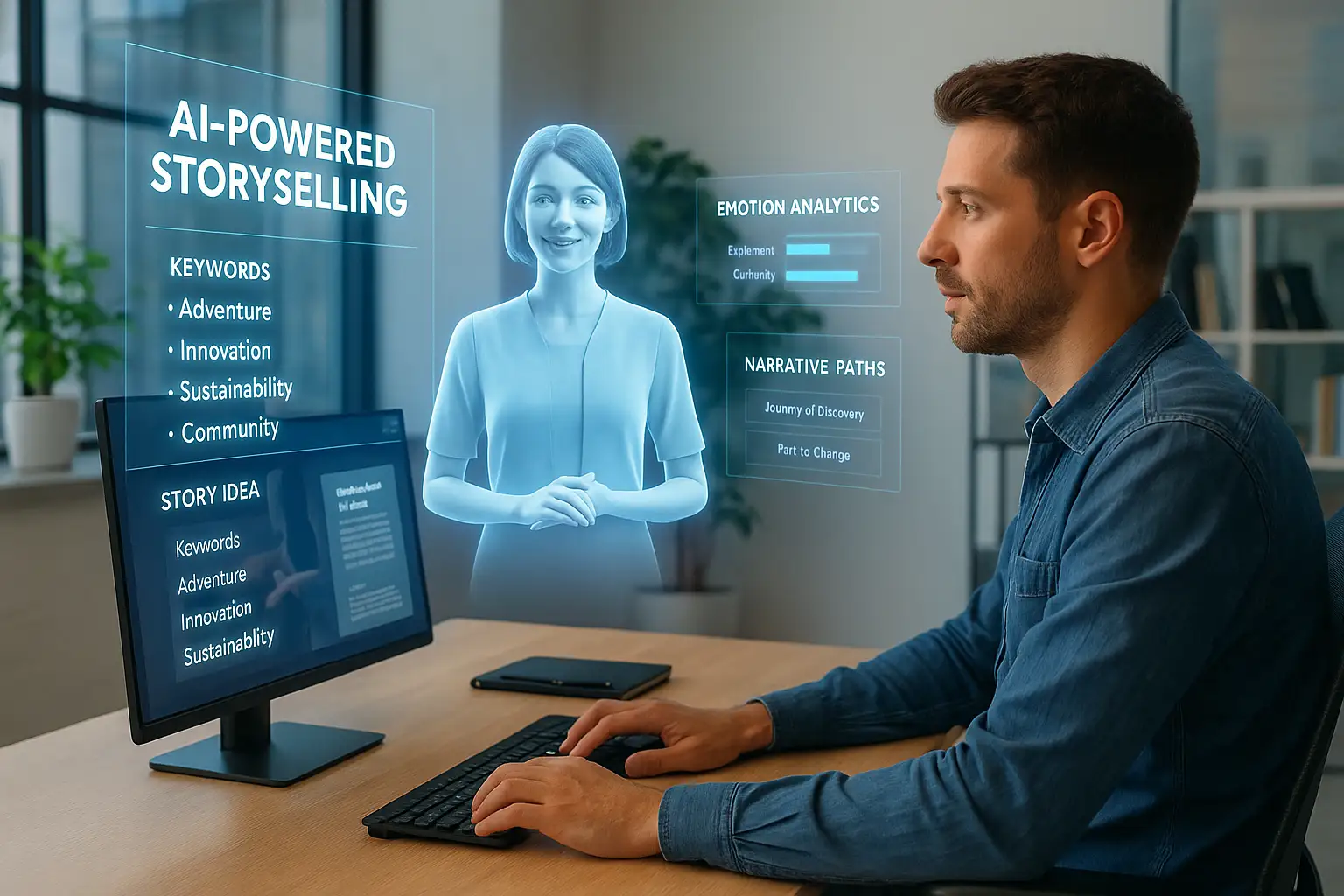
AI-Powered Storyselling: How Artificial Intelligence Is Reinventing Brand Narratives
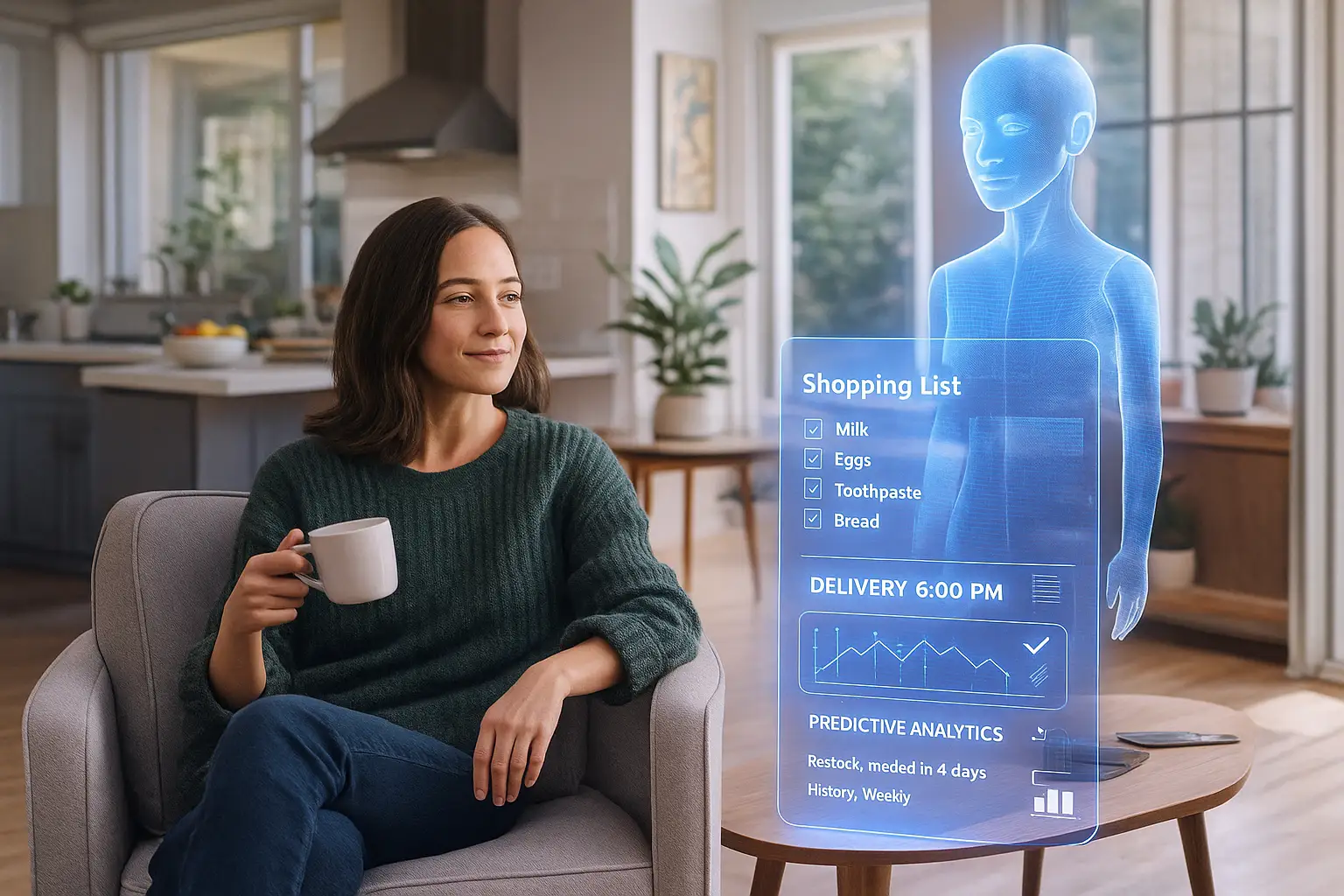
The Era of Invisible Commerce: How AI Will Make Shopping Disappear by 2030
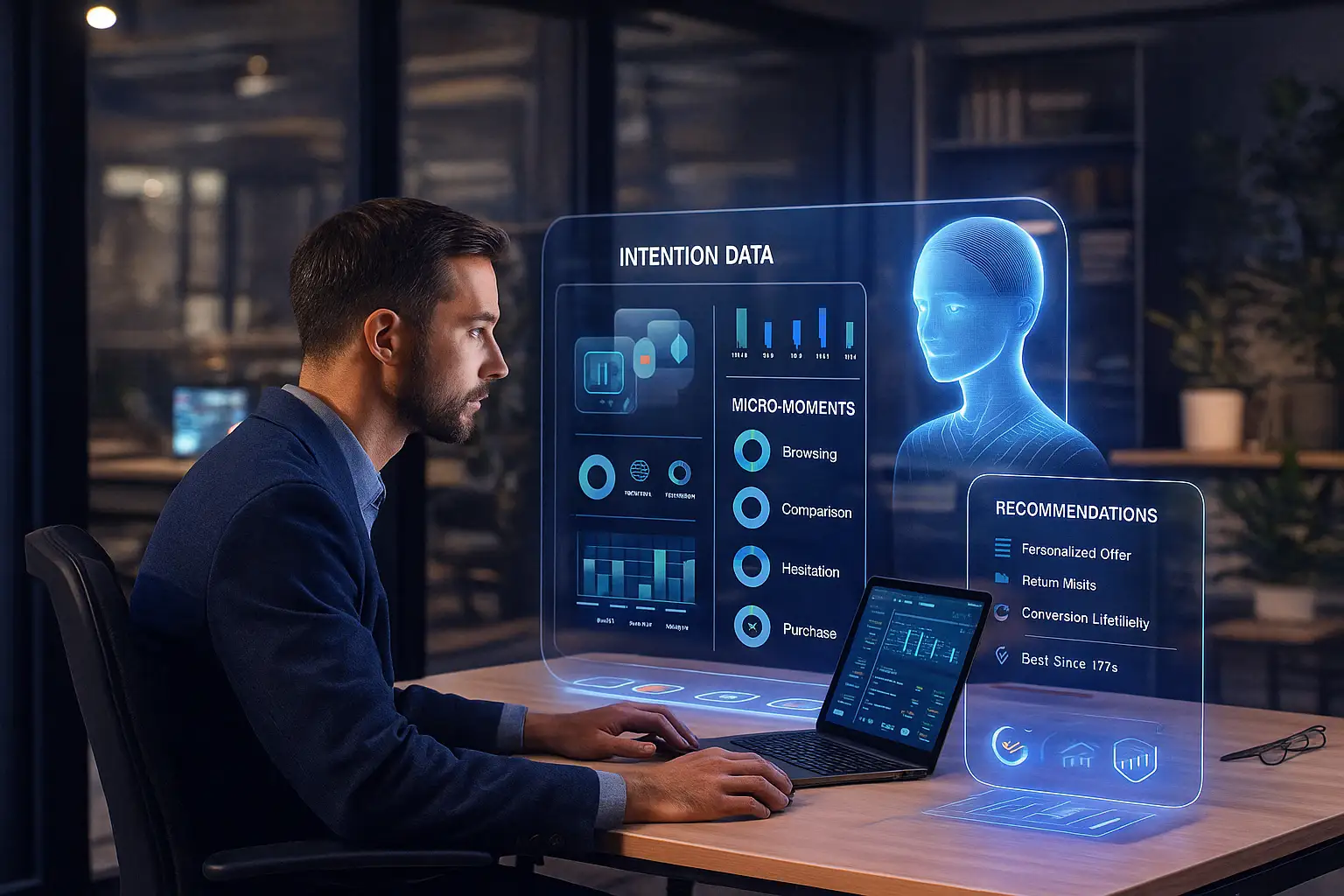
From Attention to Intention: The New Era of E-Commerce Engagement

Predictive Commerce: How AI Can Anticipate What Your Customers Will Buy Next

Digital Trust 2030: How AI and Cybersecurity Will Redefine Safety in the Digital Age
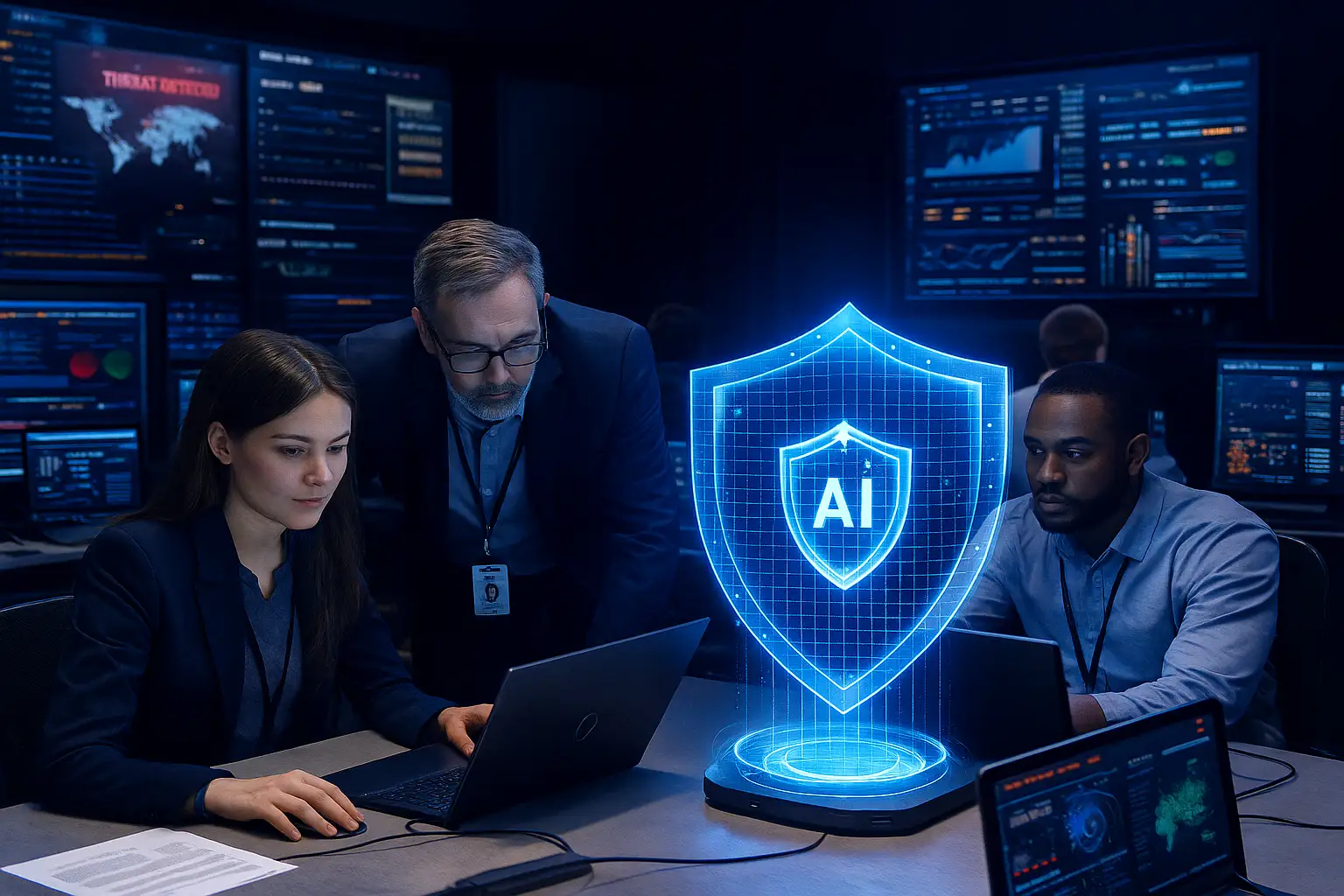
Cybersecurity in the Age of AI: Protecting Digital Trust in 2025–2030
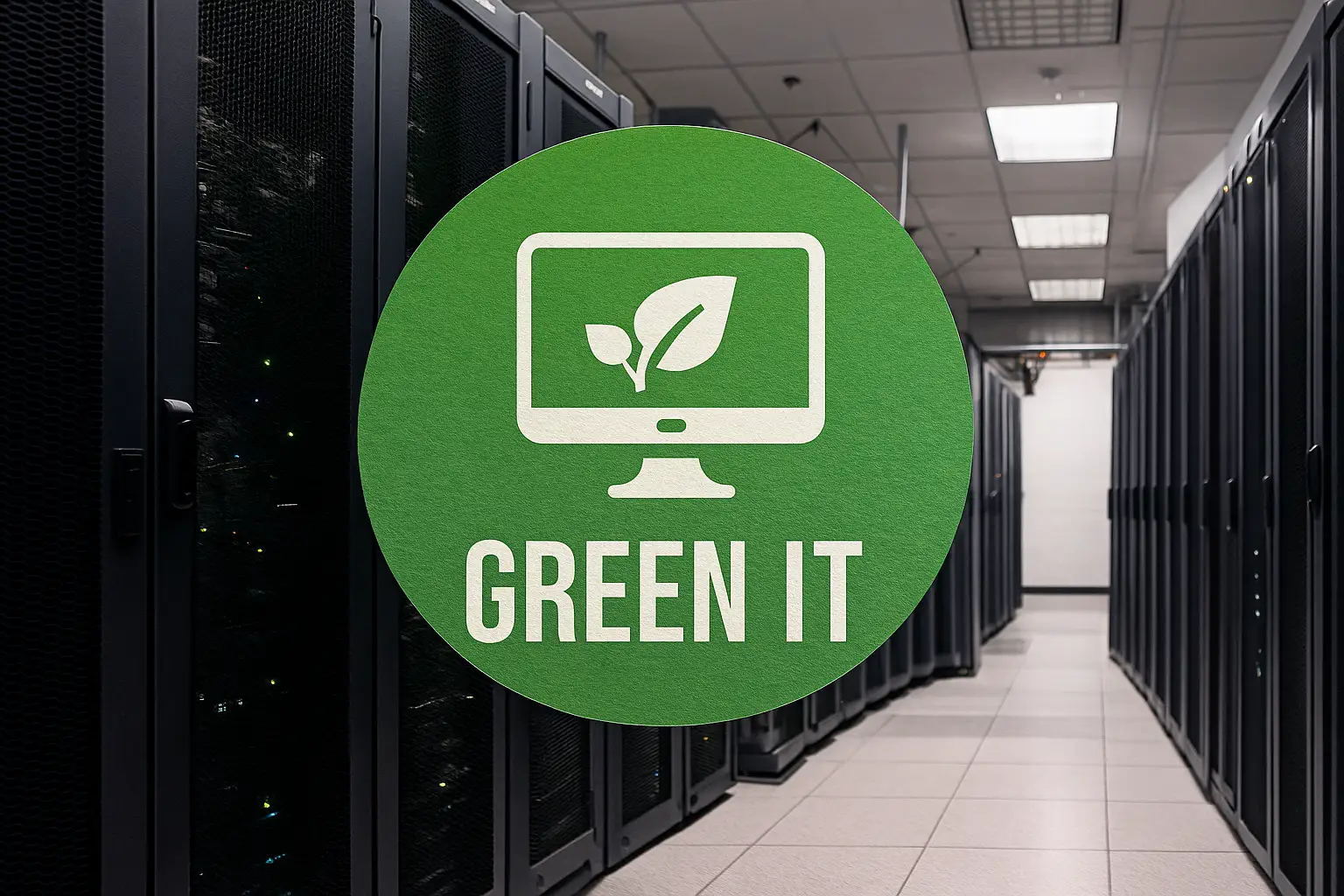
Green IT: How the Tech Industry Must Adapt for a Sustainable Future
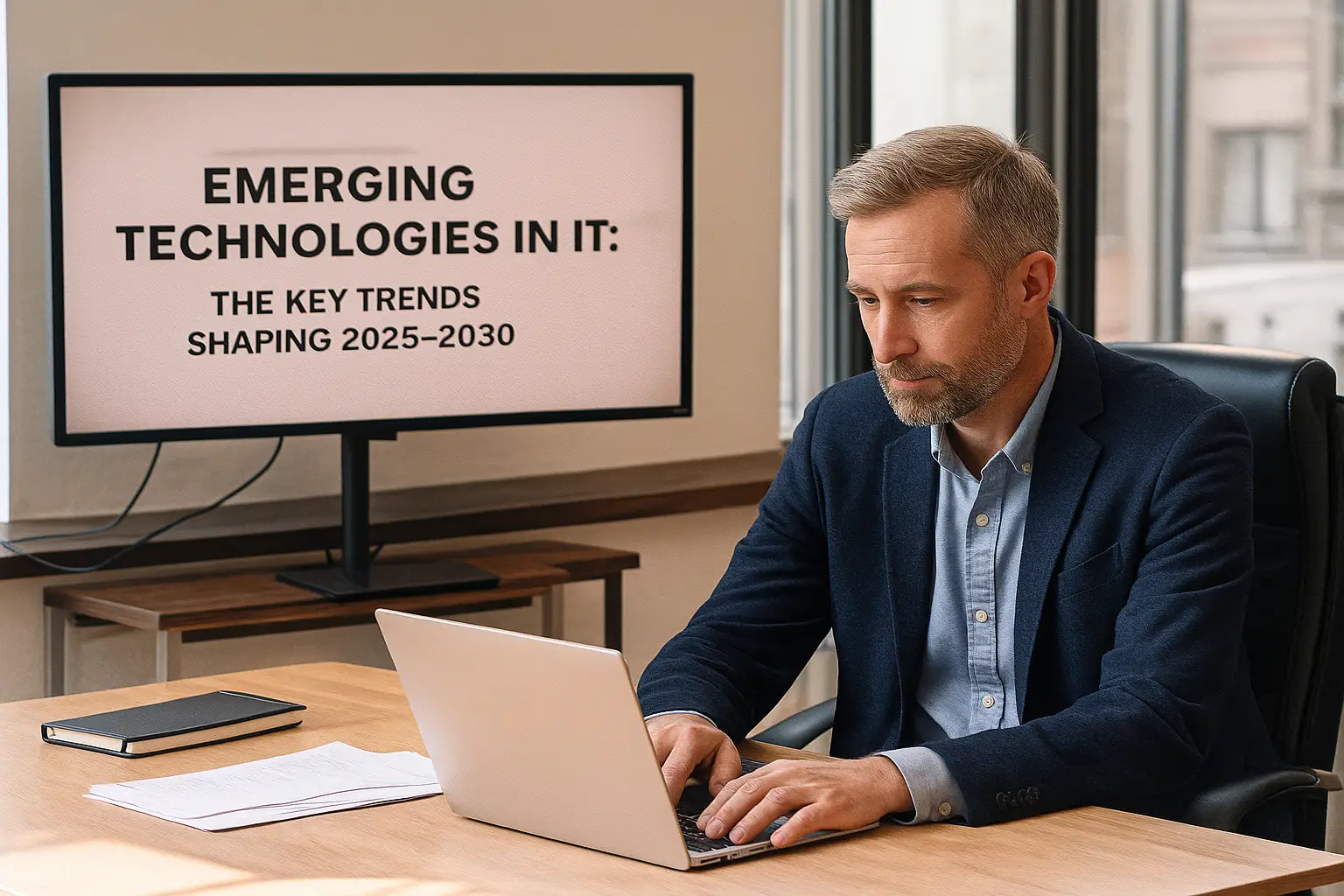
Emerging Technologies in IT: What Will Shape 2025–2030
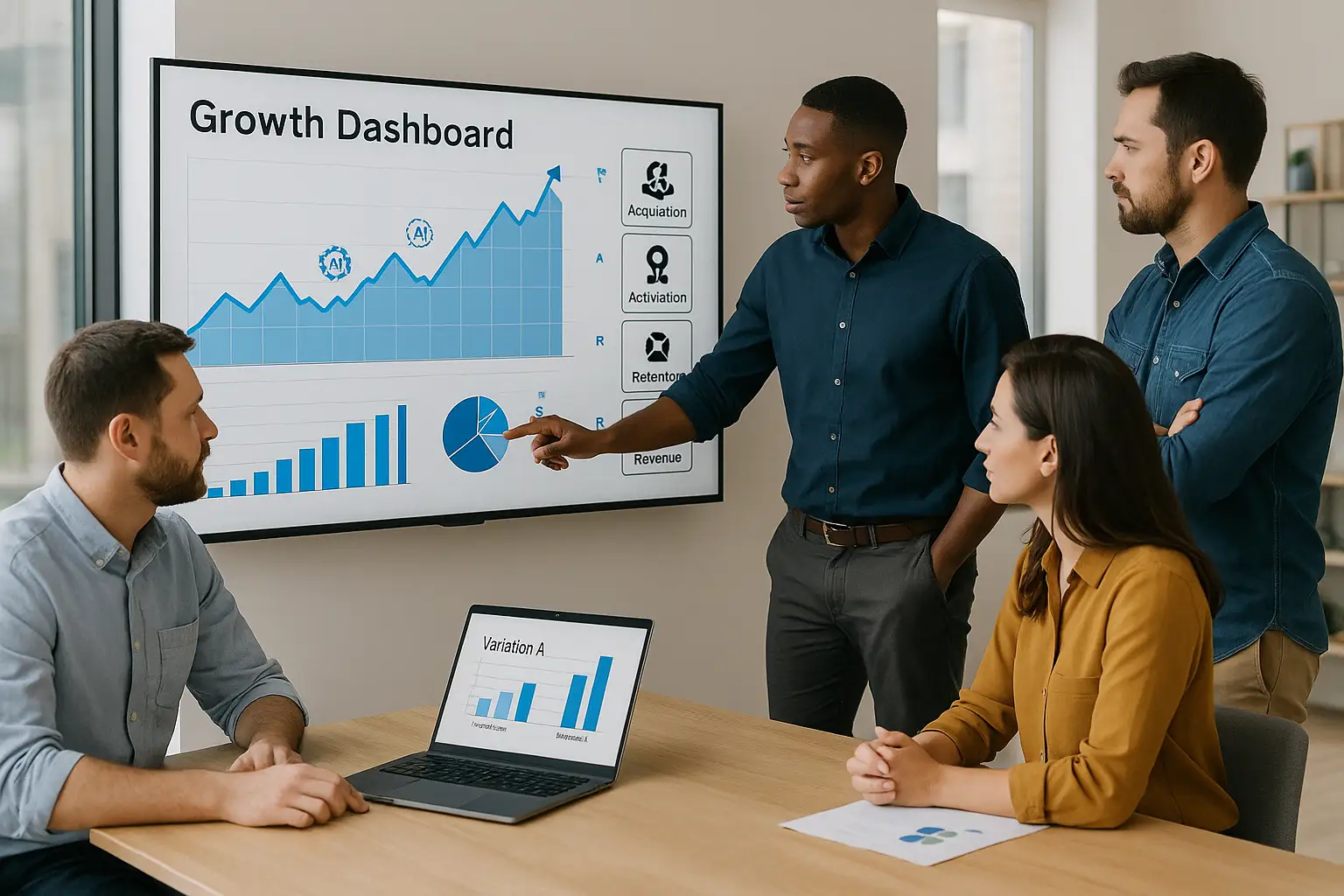
Growth Marketing – A Fast-Track Strategy for Modern Businesses
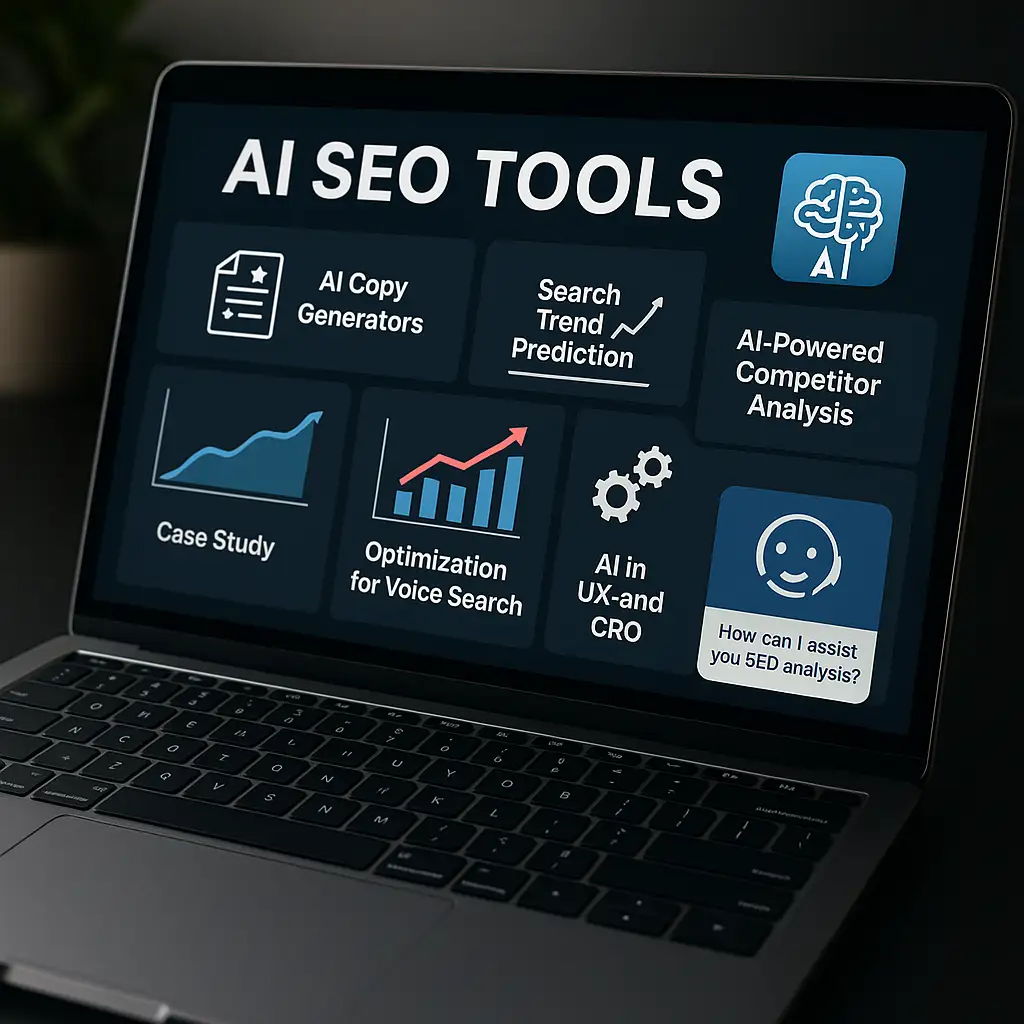
AI SEO Tools – 5 Technologies Revolutionizing Online Stores
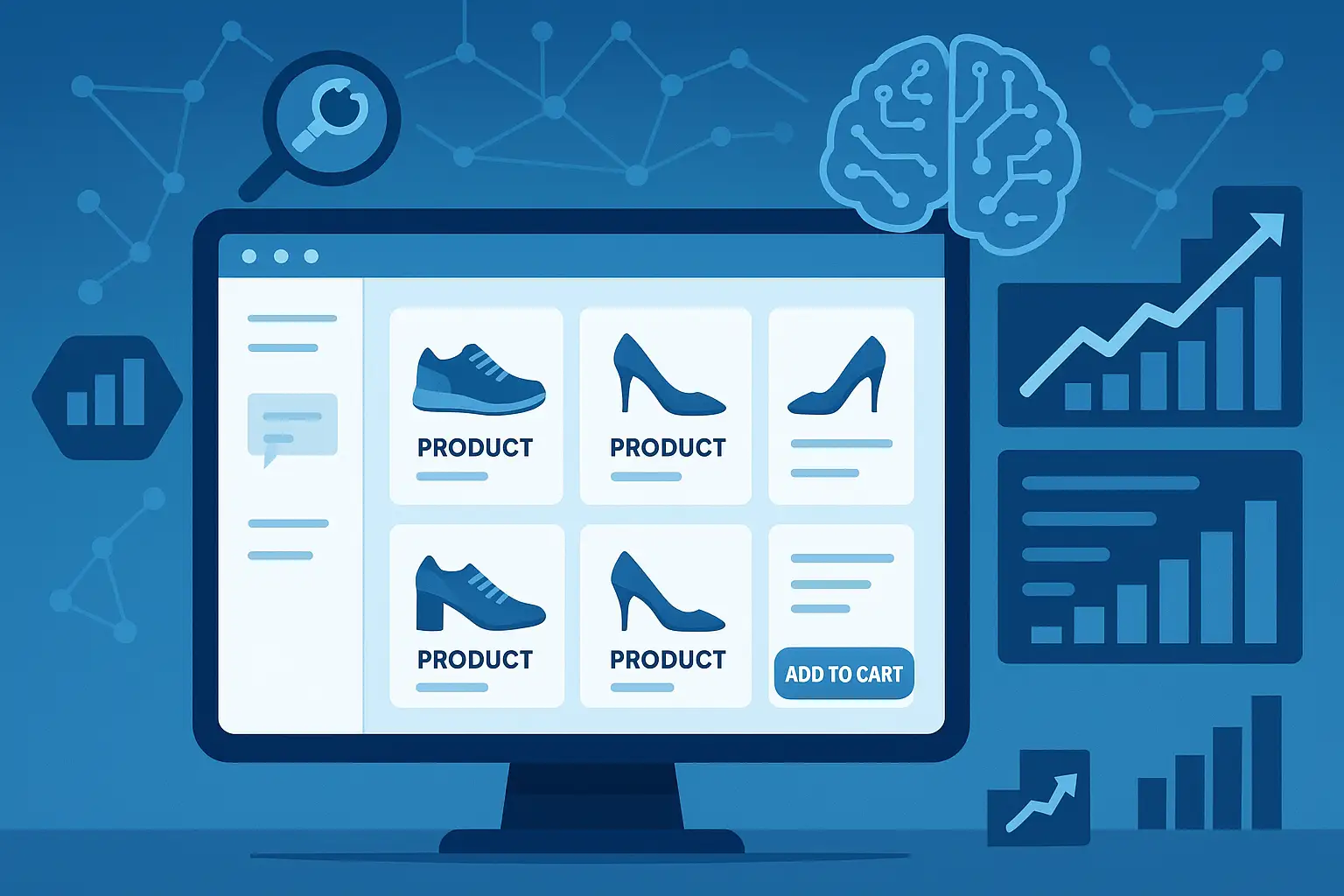
AI SEO – How Artificial Intelligence Is Transforming Online Store Optimization
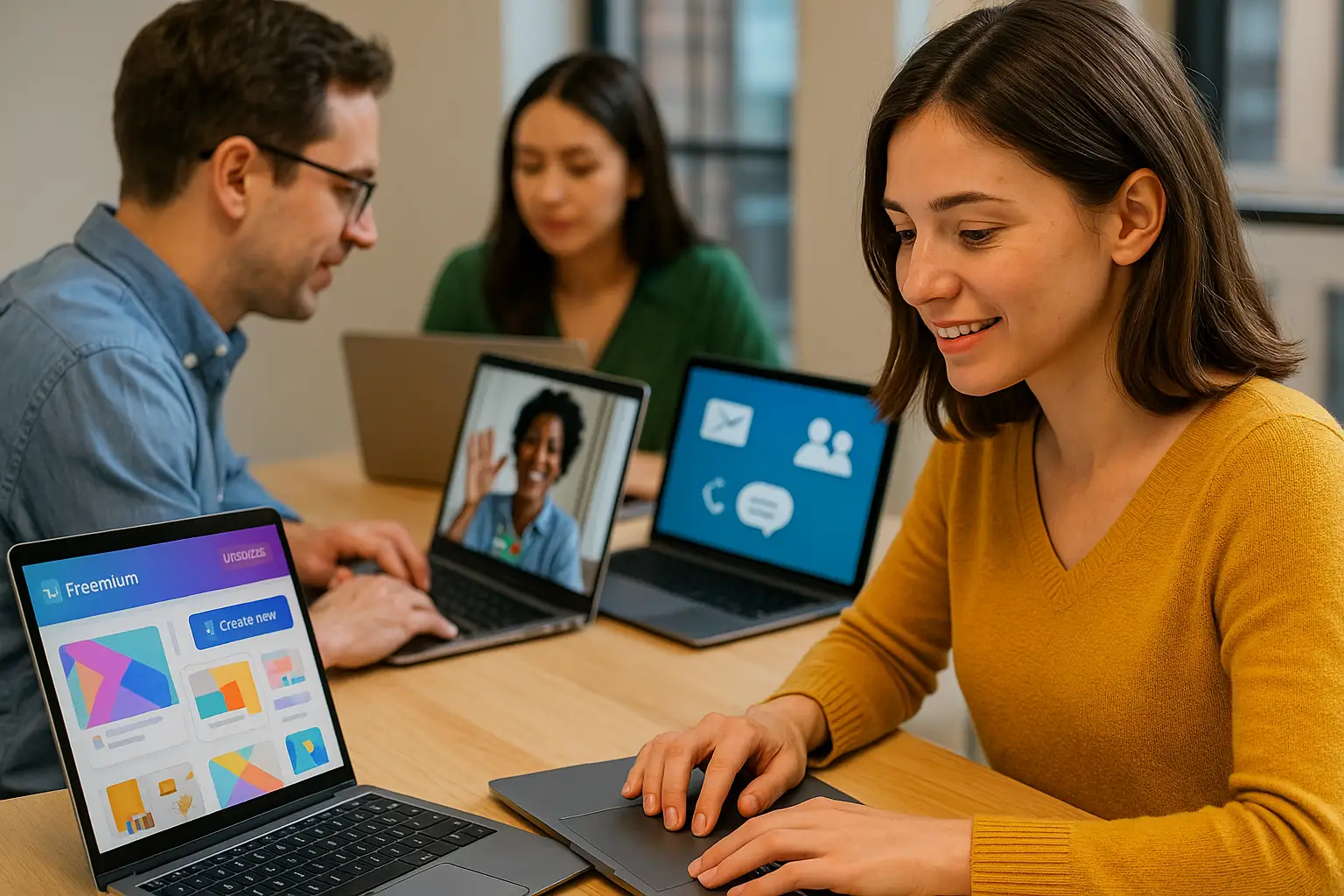
Product-Led Growth – When the Product Sells Itself
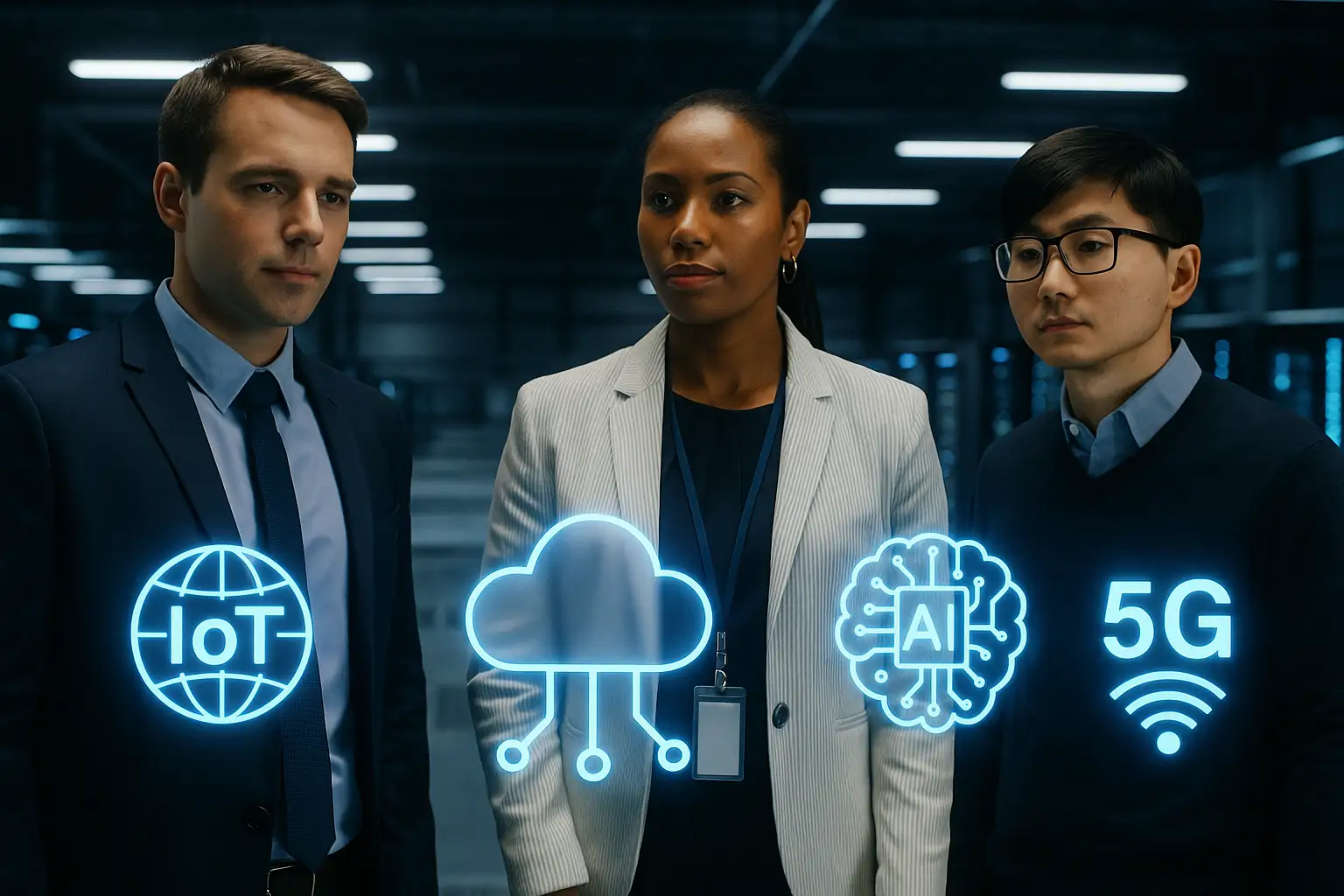
Technology in IT – Trends Shaping the Future of Business and Everyday Life

Marketplace Growth – How Exchange Platforms and E-commerce Build the Network Effect
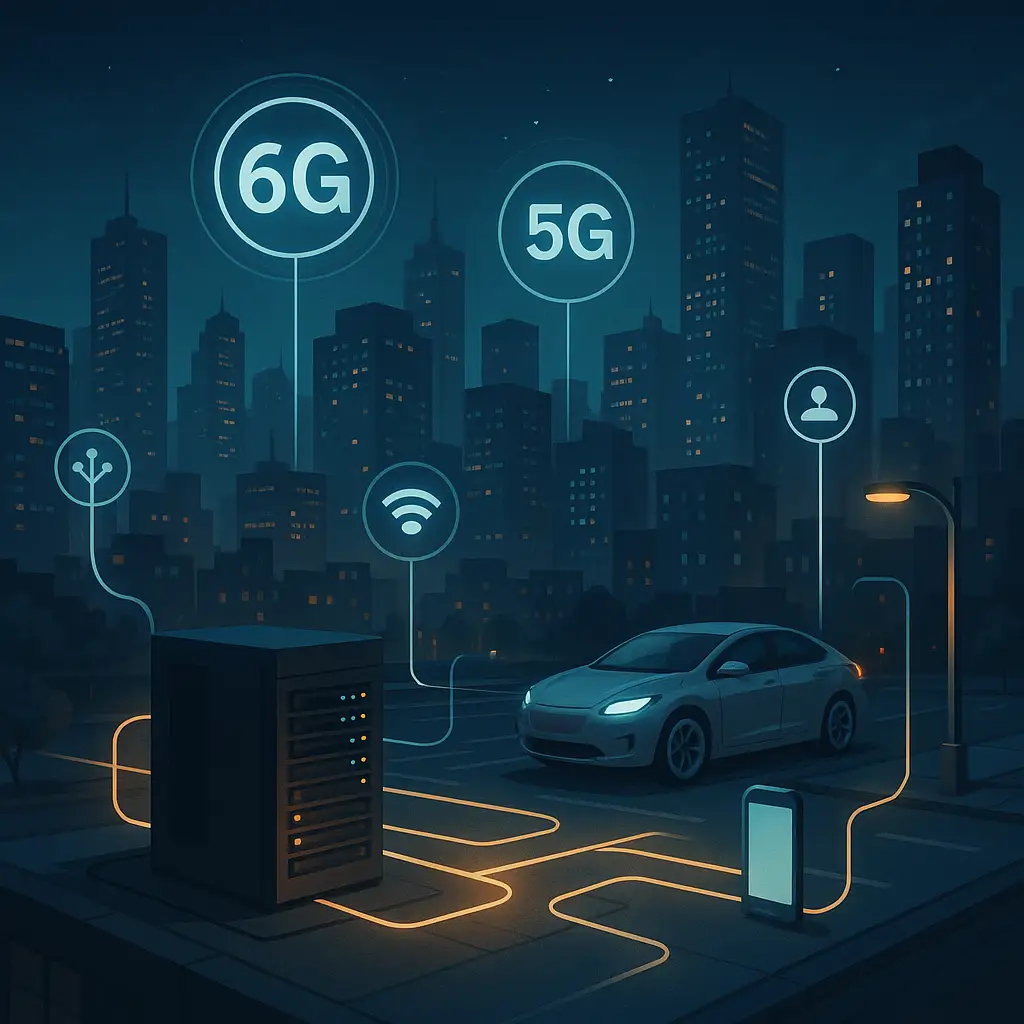
Edge Computing – Bringing Processing Power Closer to the User
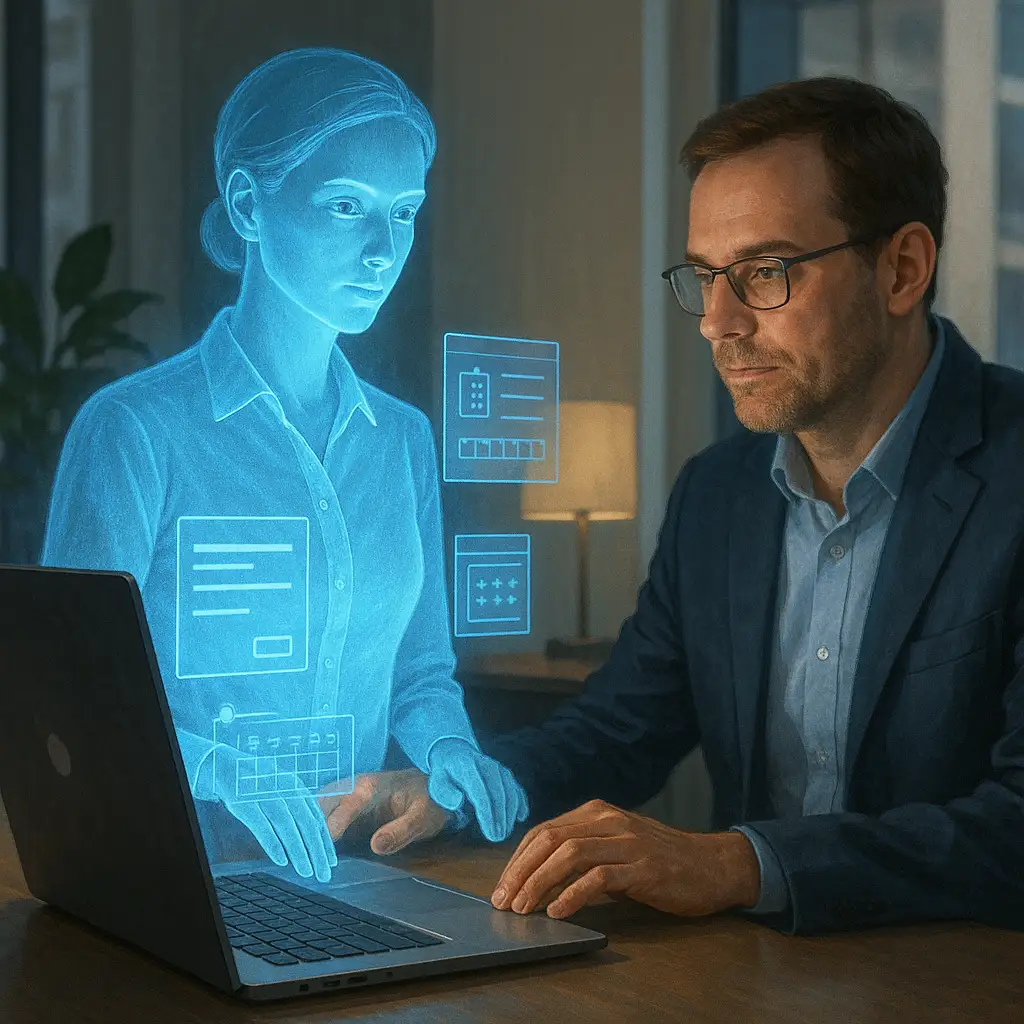
Agentic AI in Applications – When Software Starts Acting on Its Own
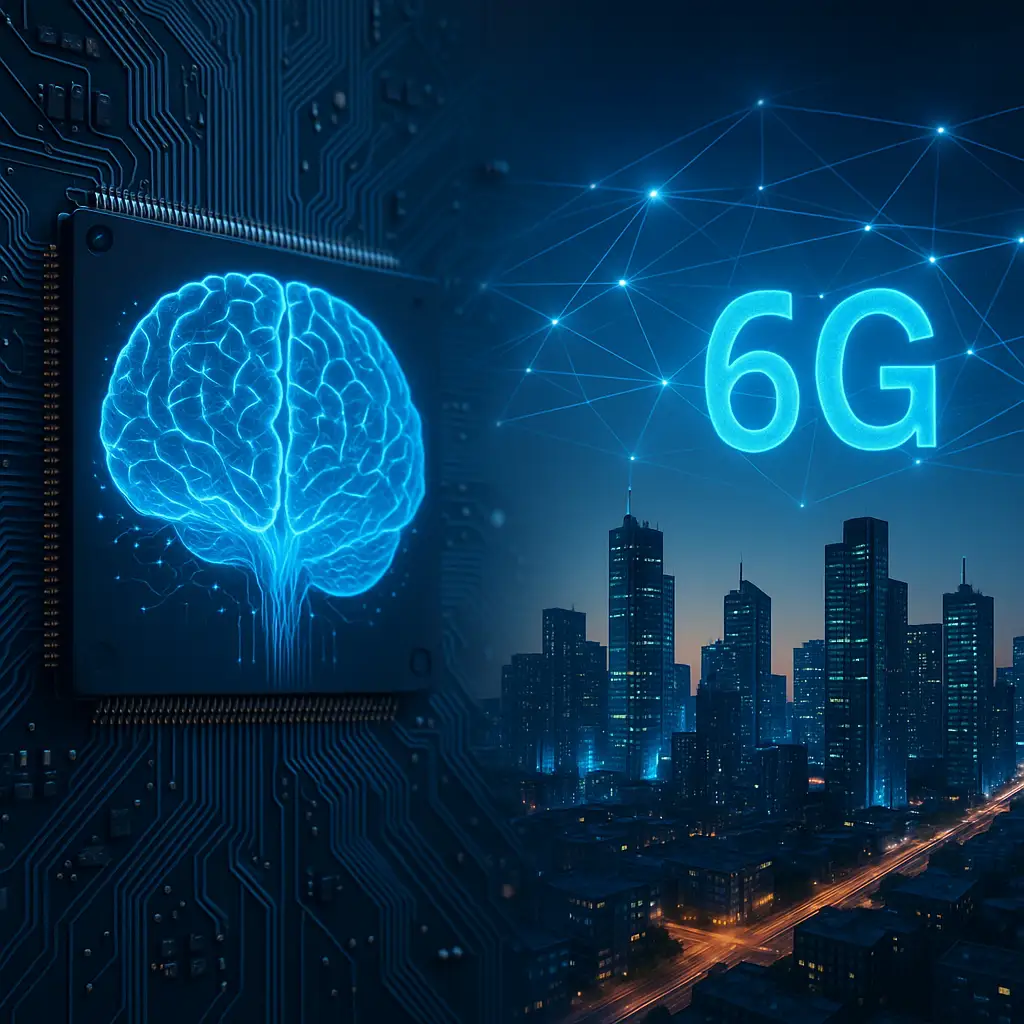
Neuromorphic Computers and 6G Networks – The Future of IT That Will Change the Game
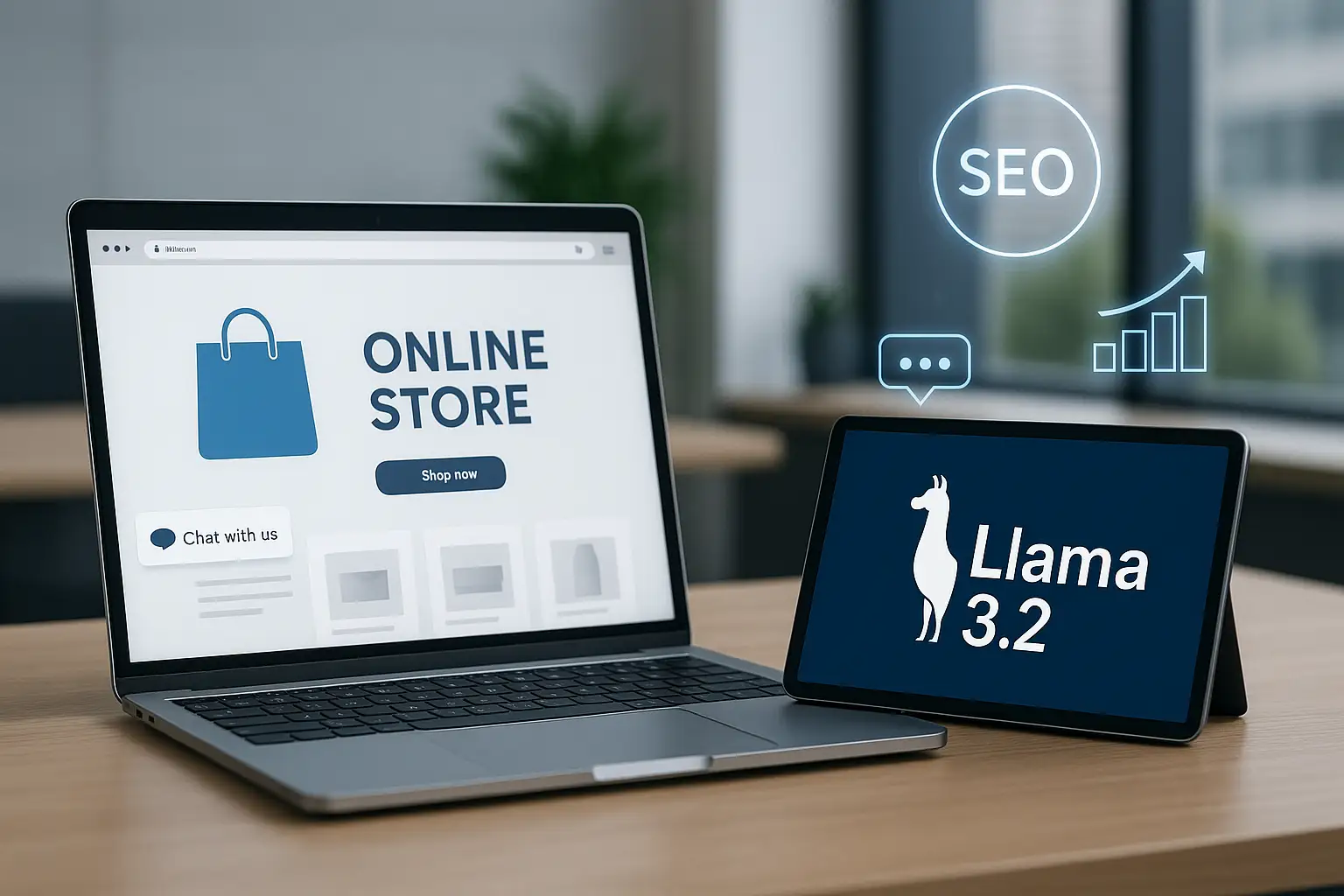
Meta Llama 3.2 – The Open AI That Could Transform E-Commerce and SEO

AI Chatbot for Online Stores and Apps – More Sales, Better SEO, and Happier Customers
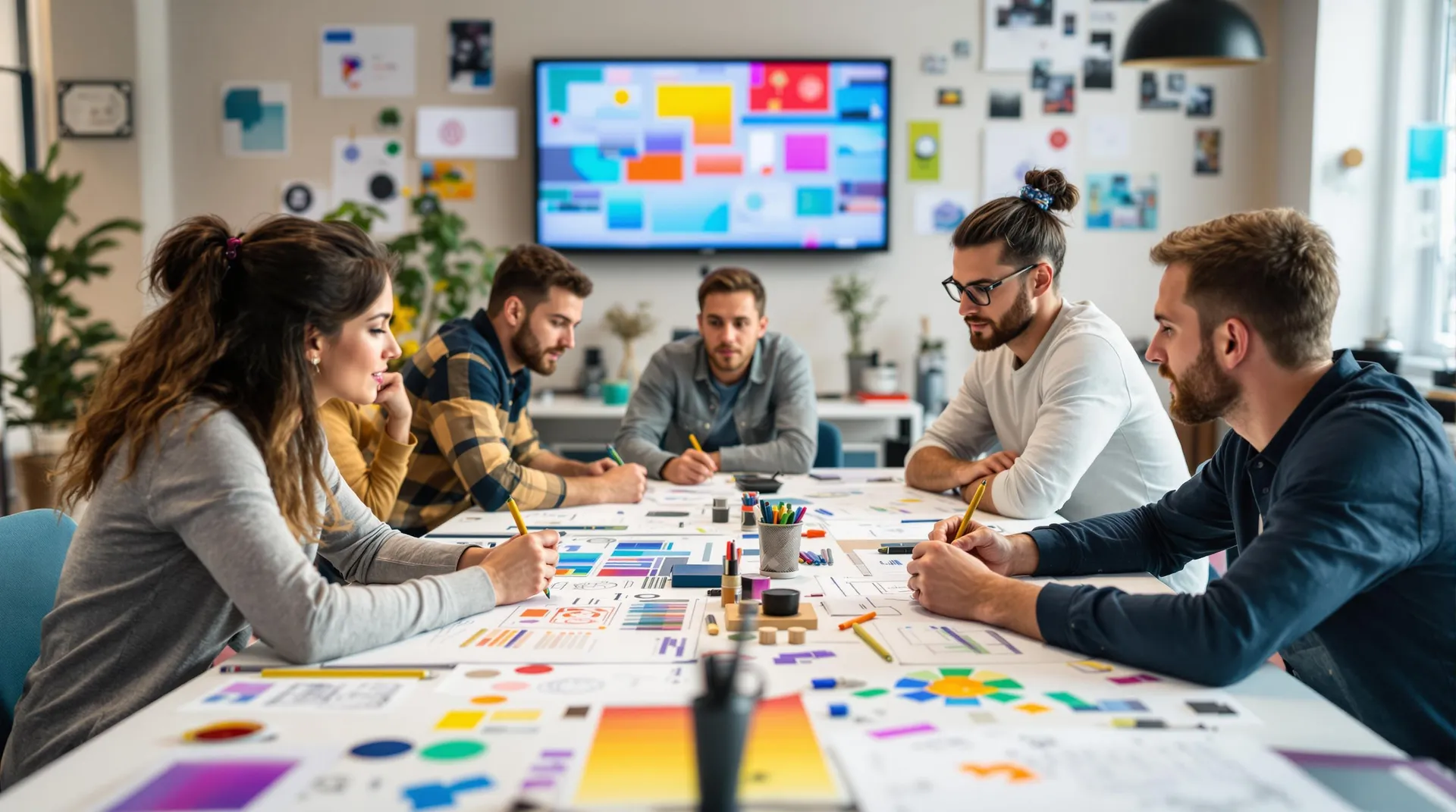
5 steps to a successful software implementation in your company
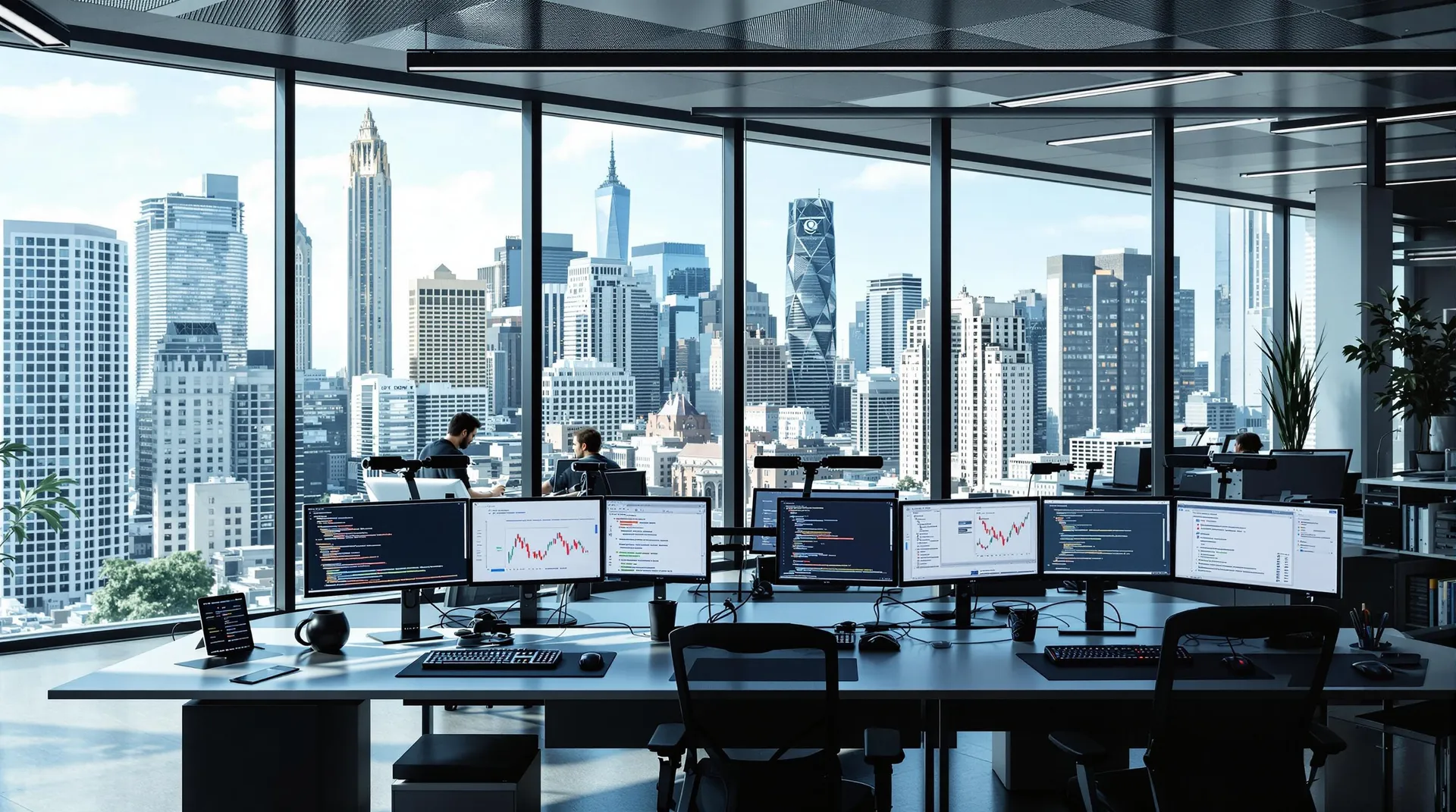
Innovative IT solutions — why invest now?
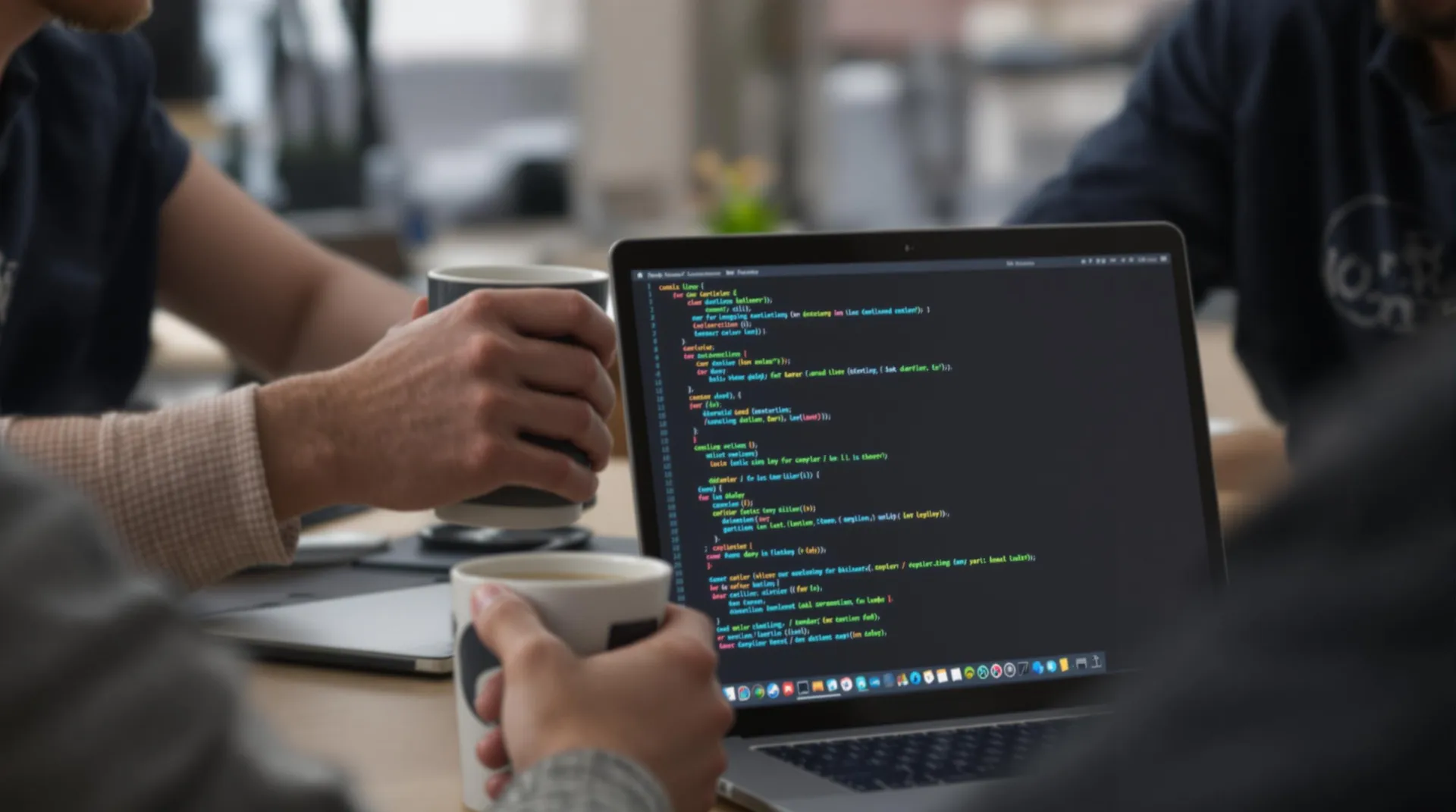
Innovative software development methods for your business
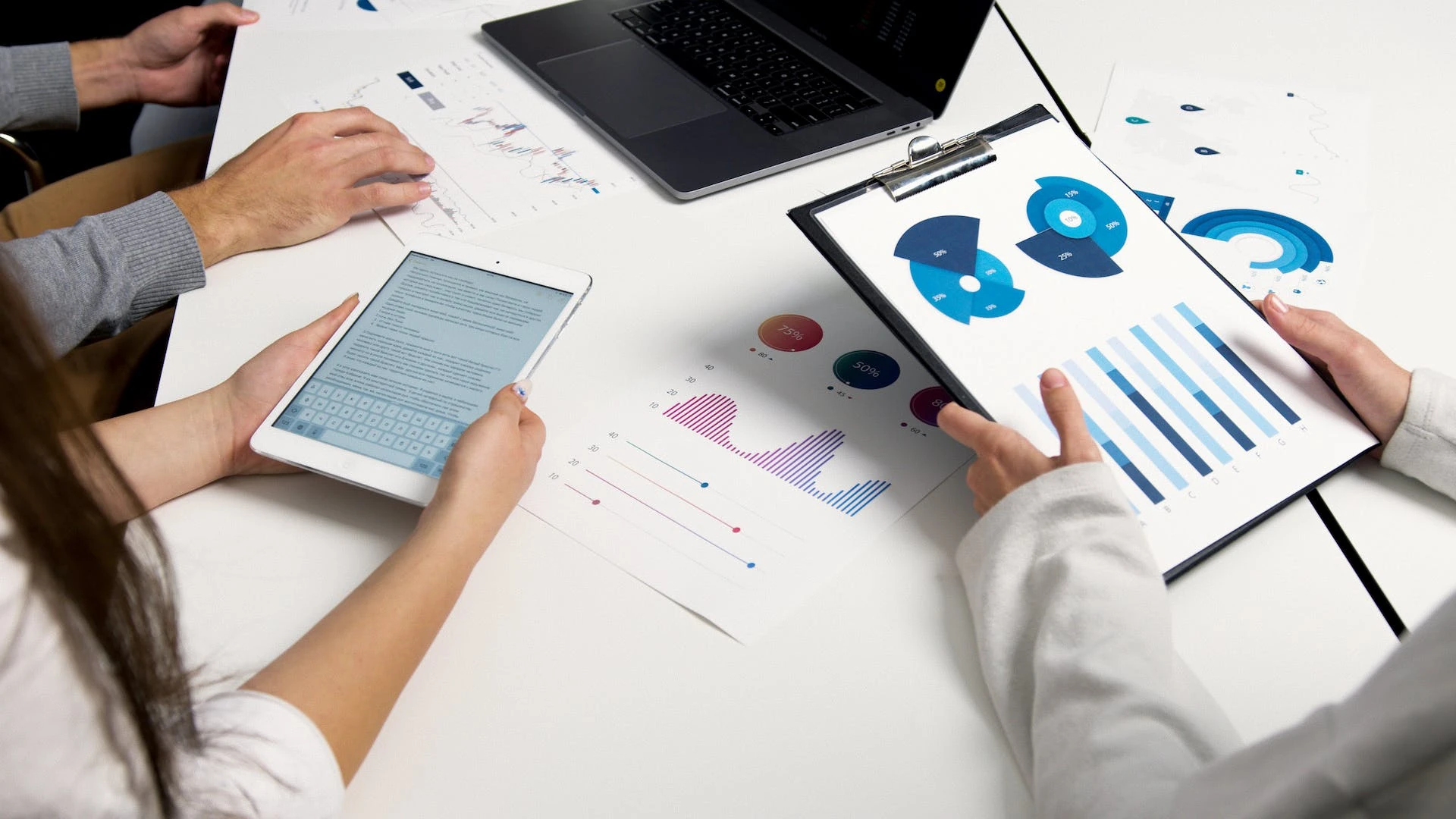
5 steps to successfully implement technological innovation in your company
